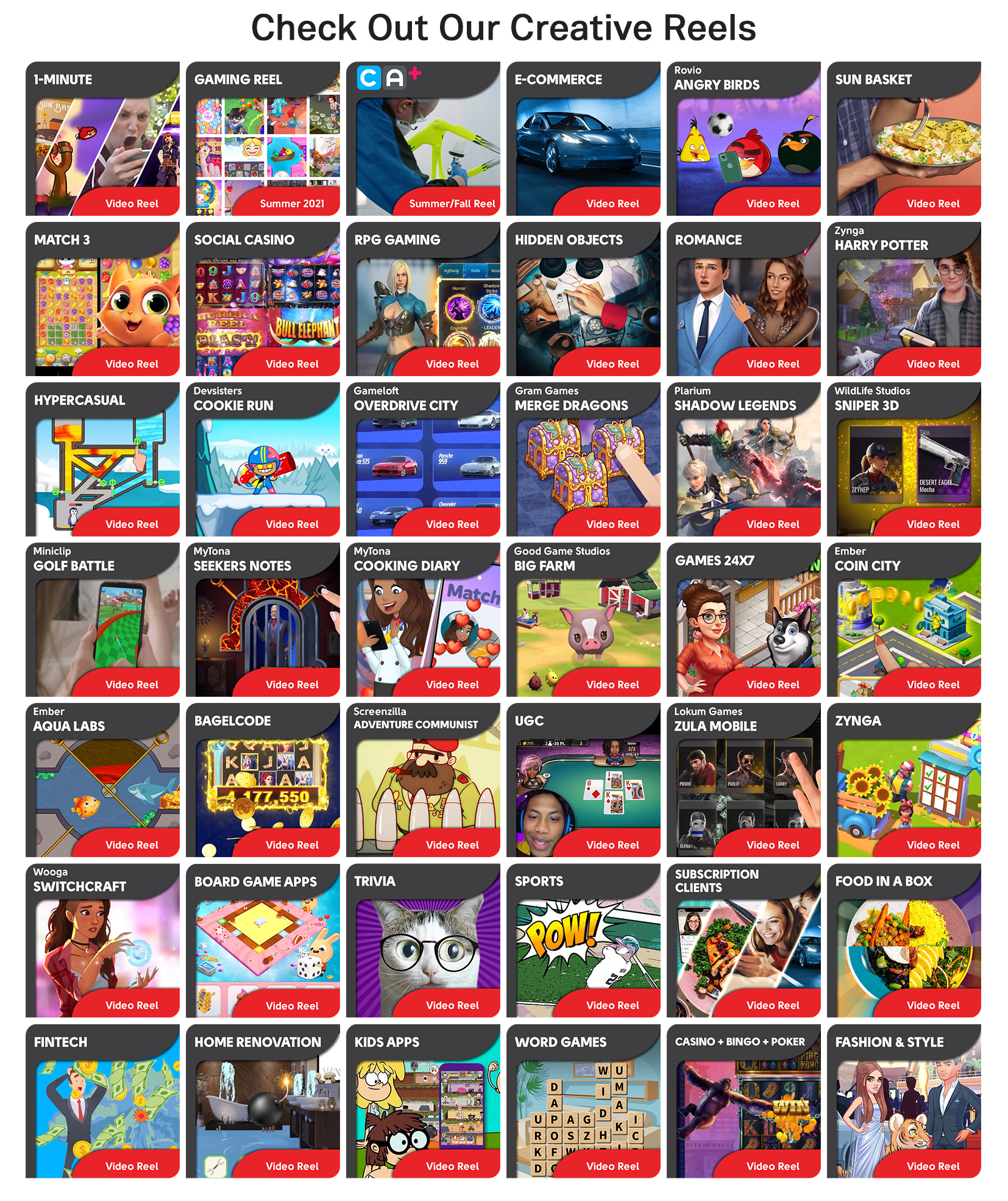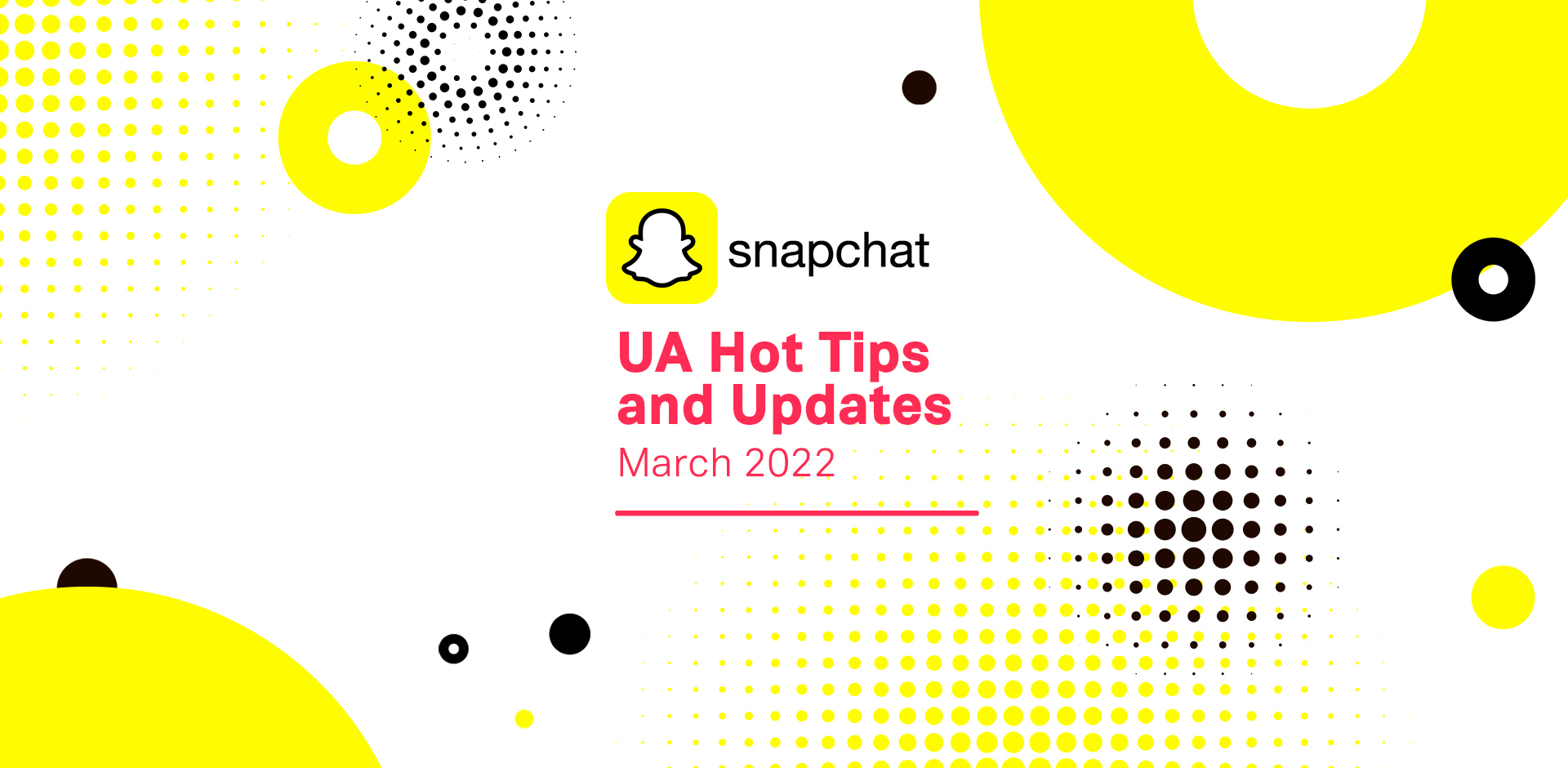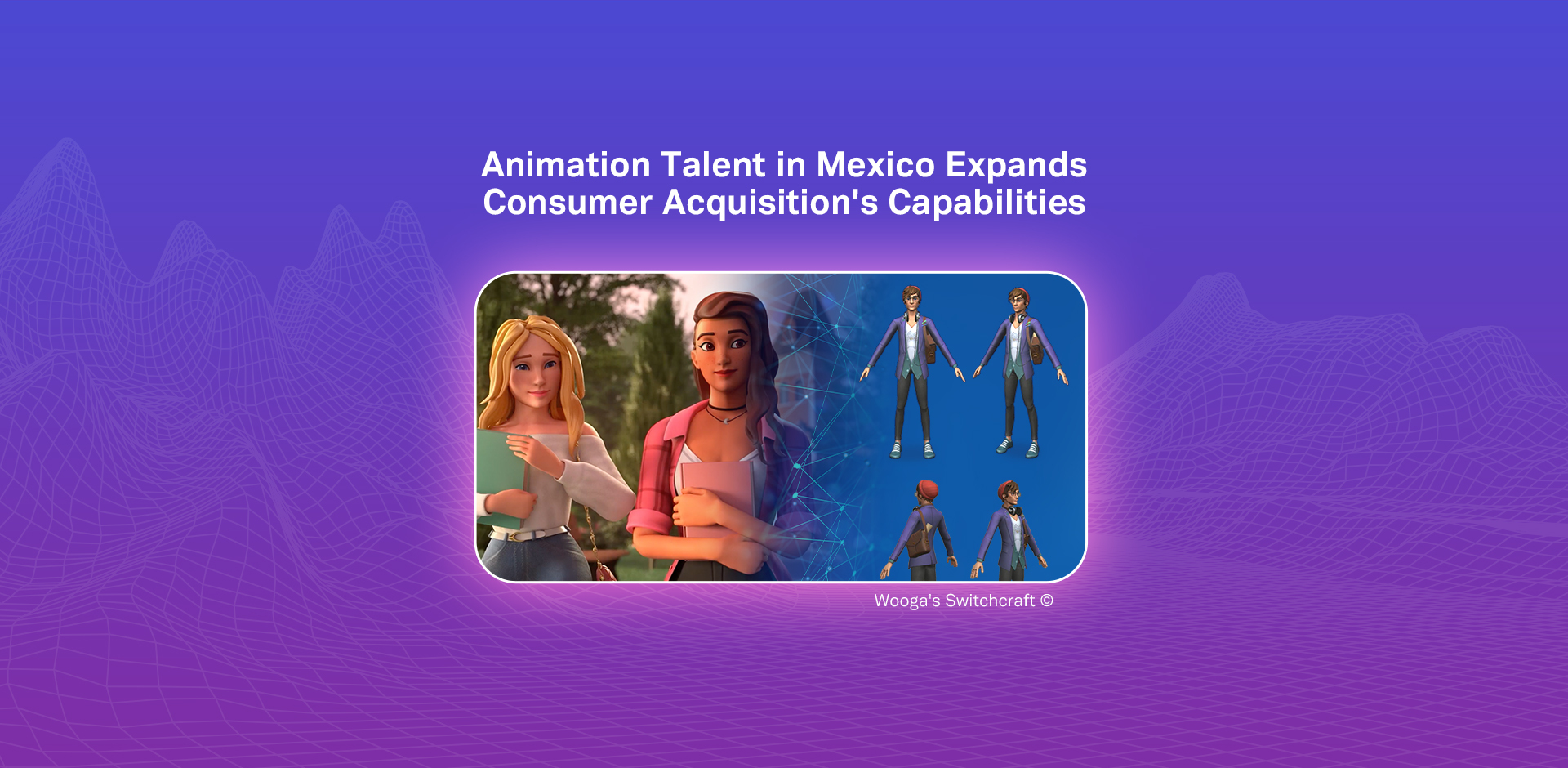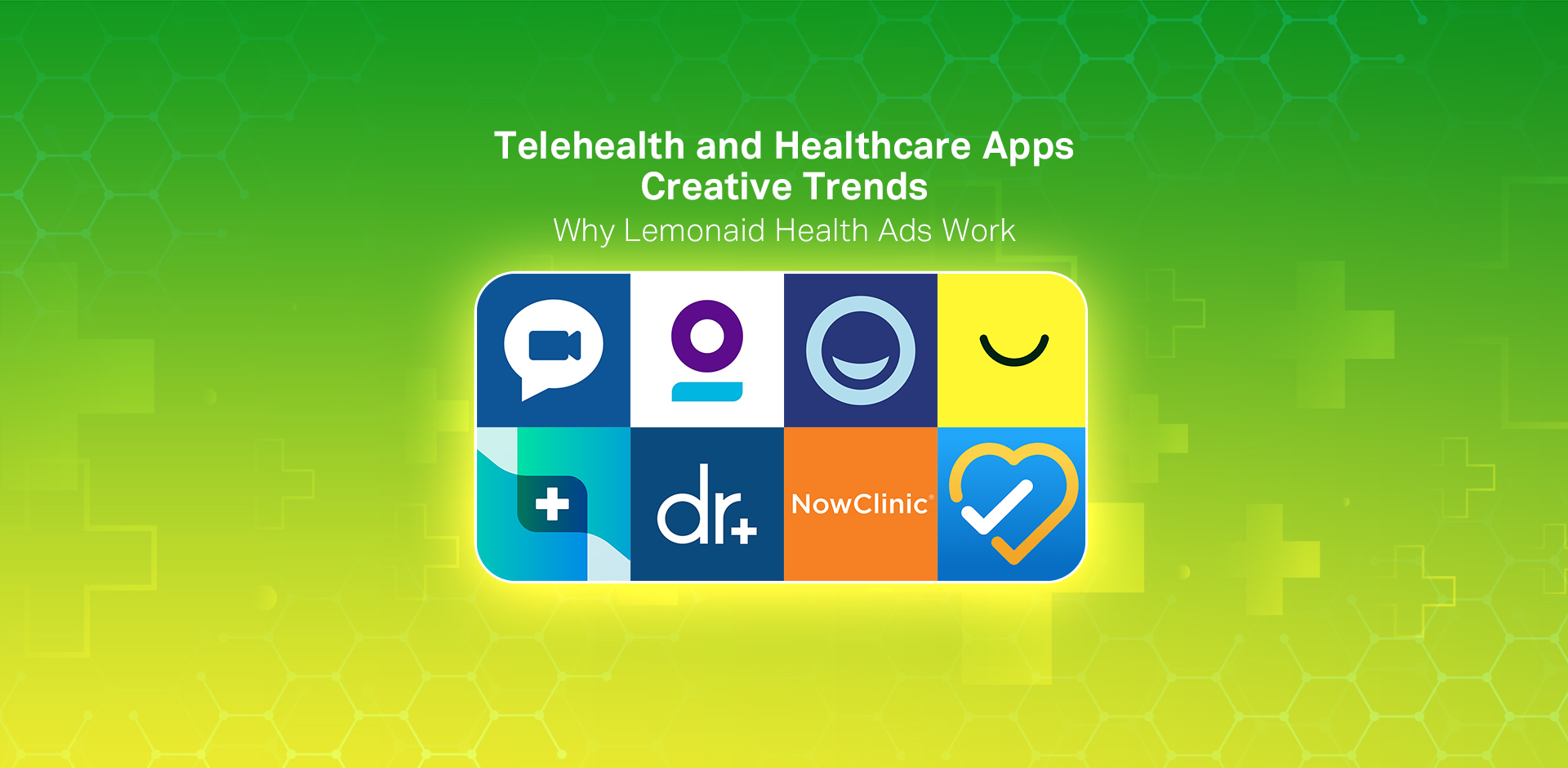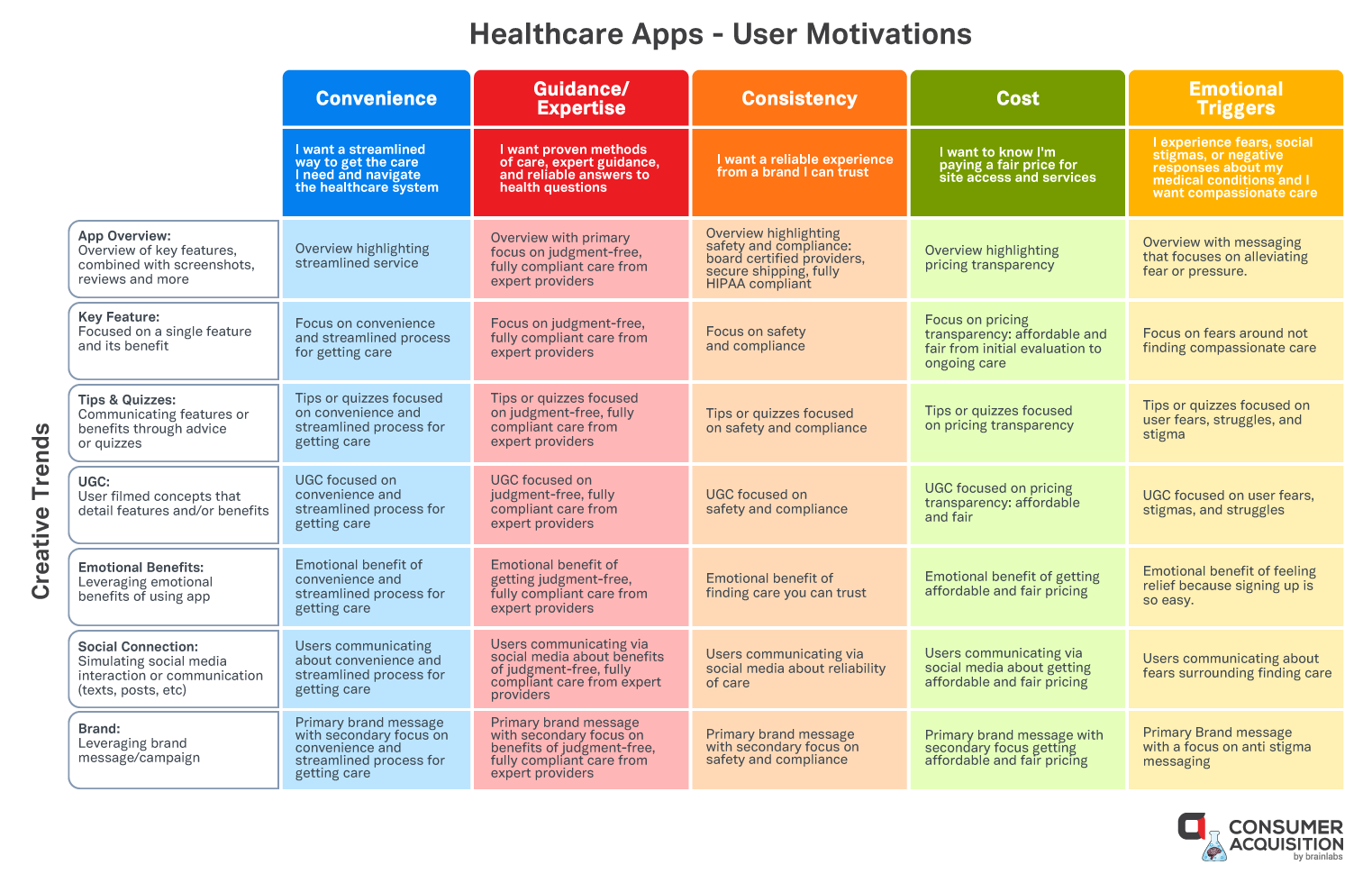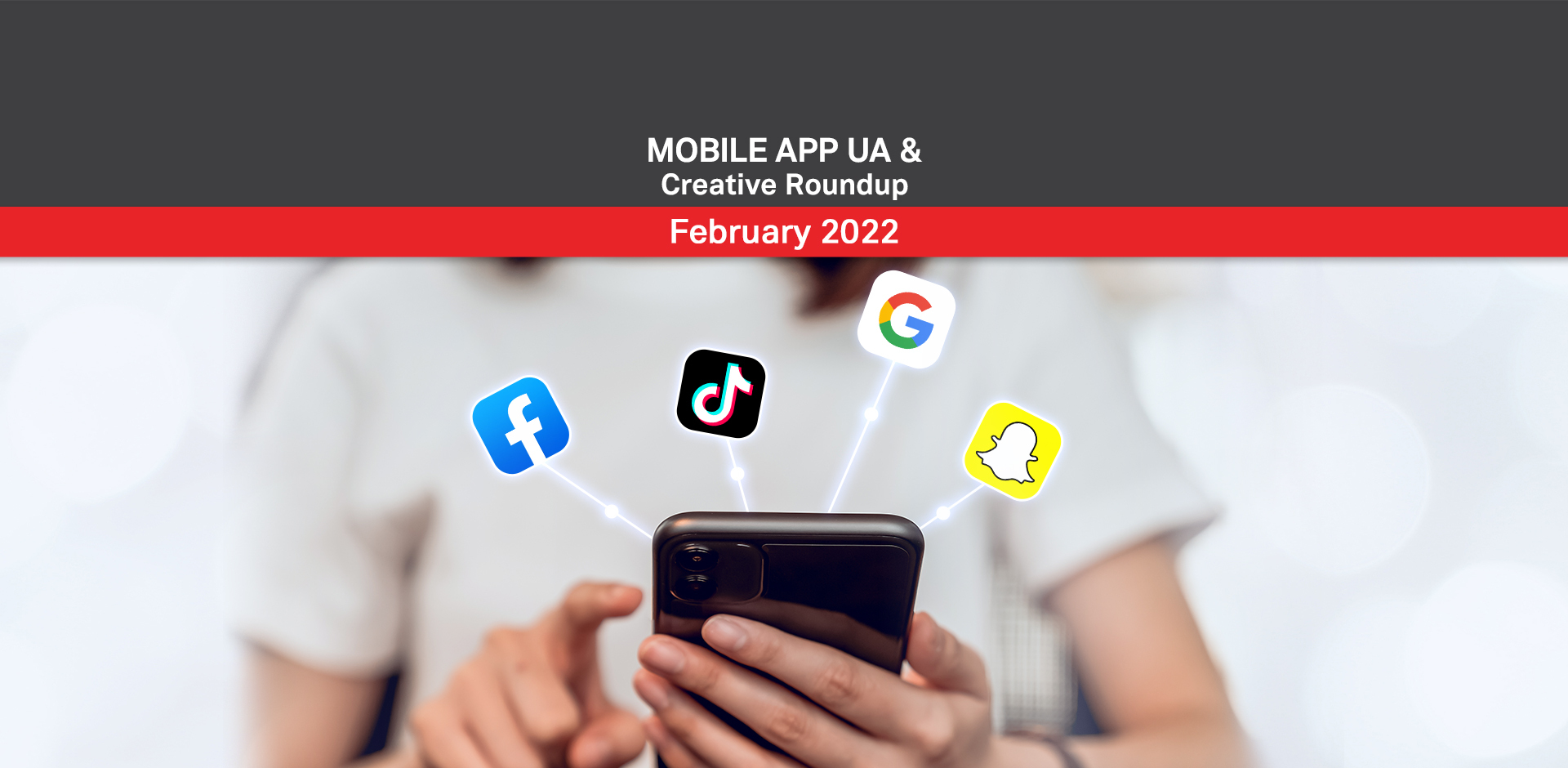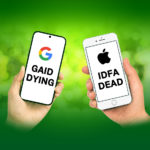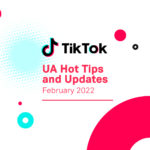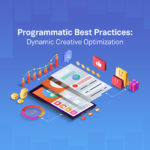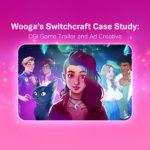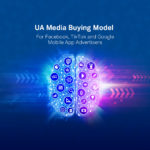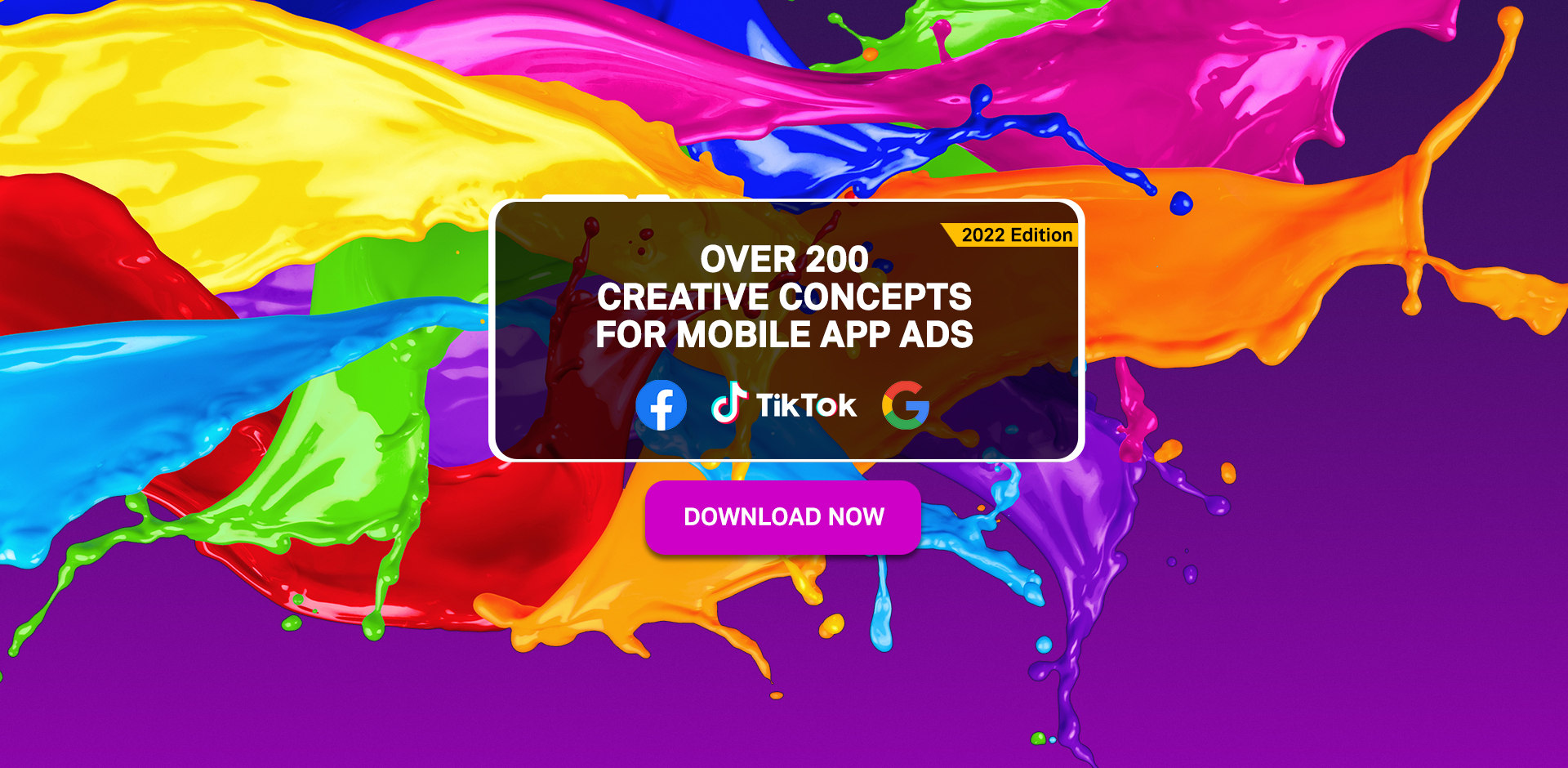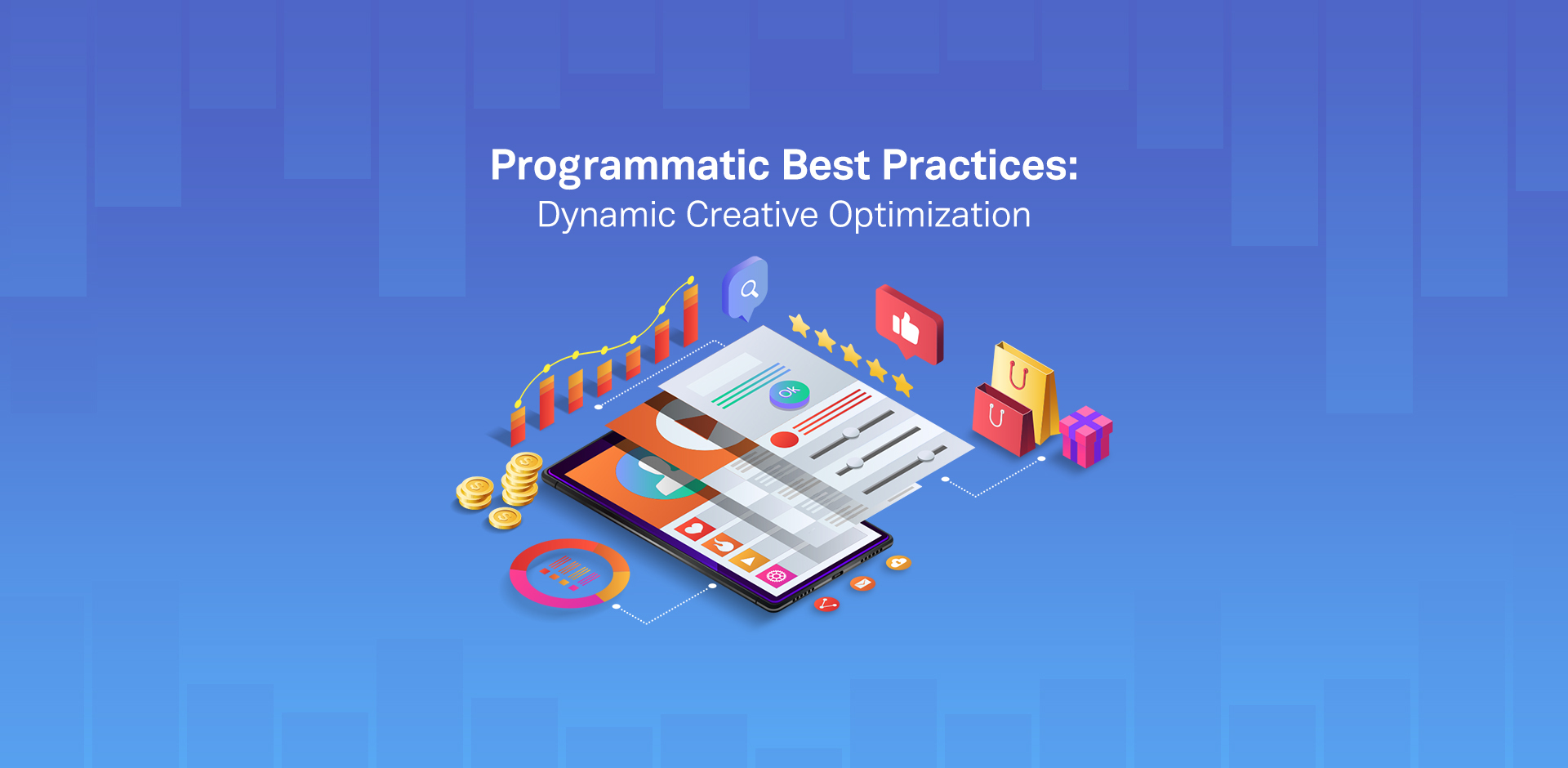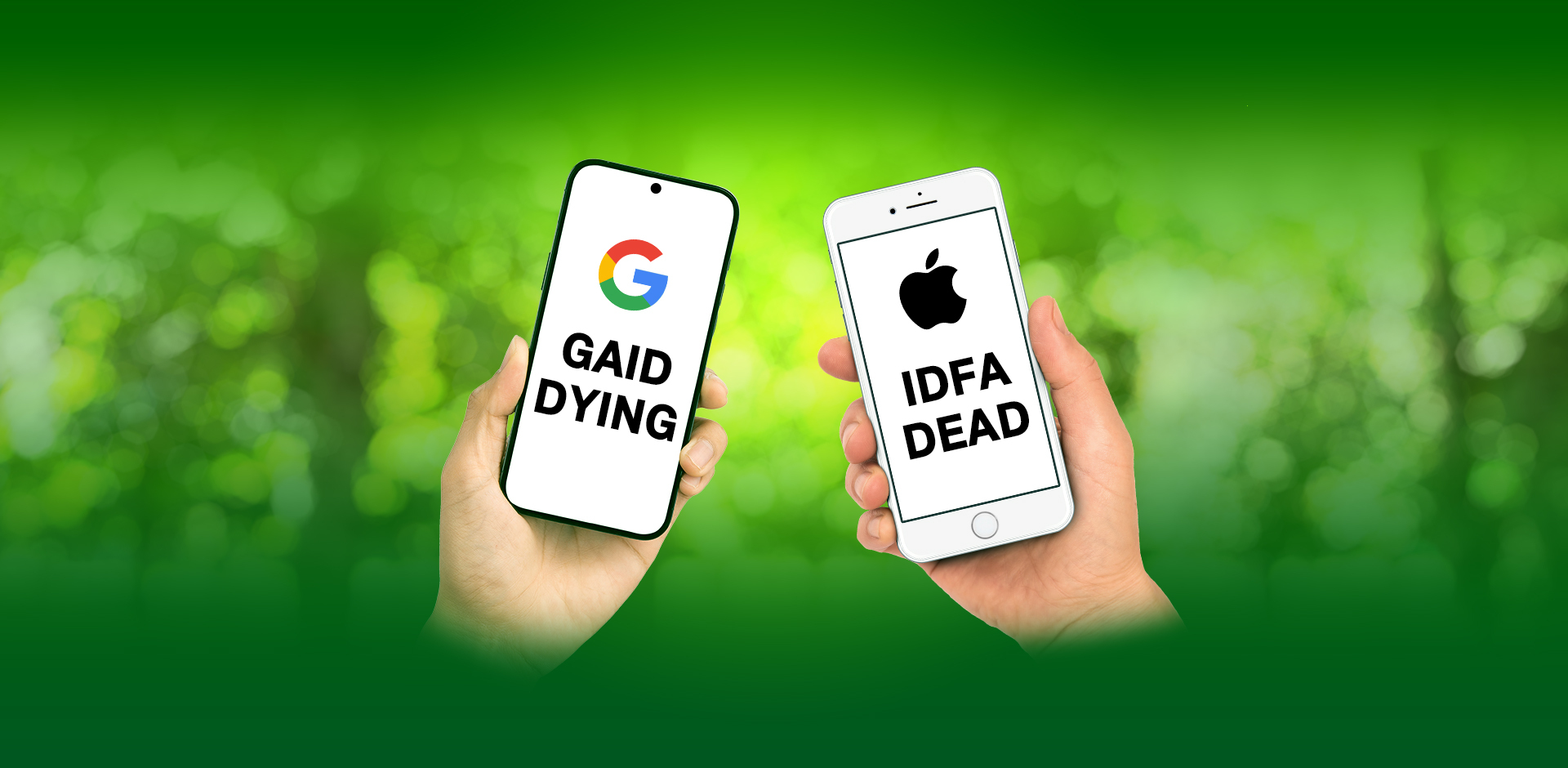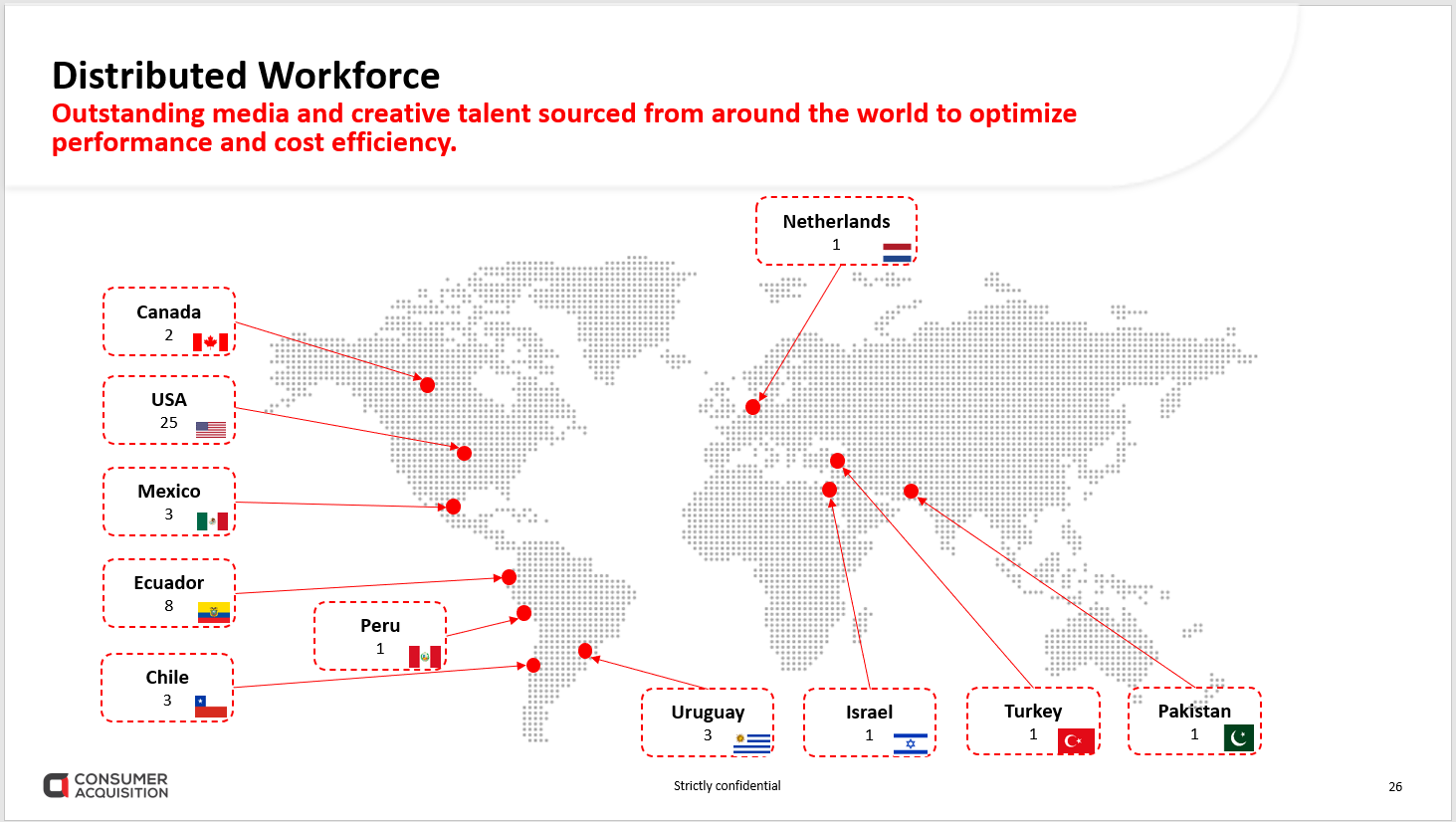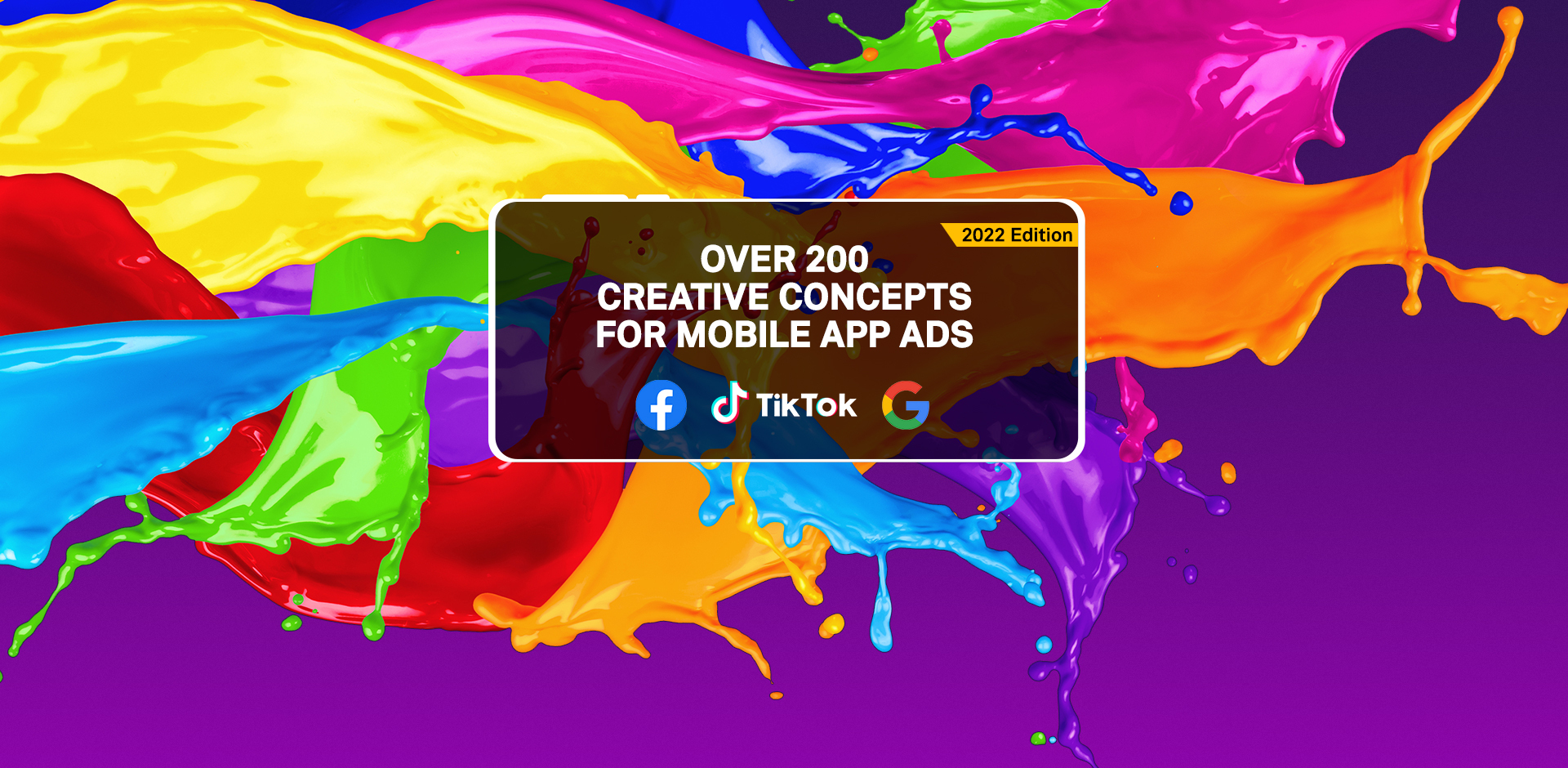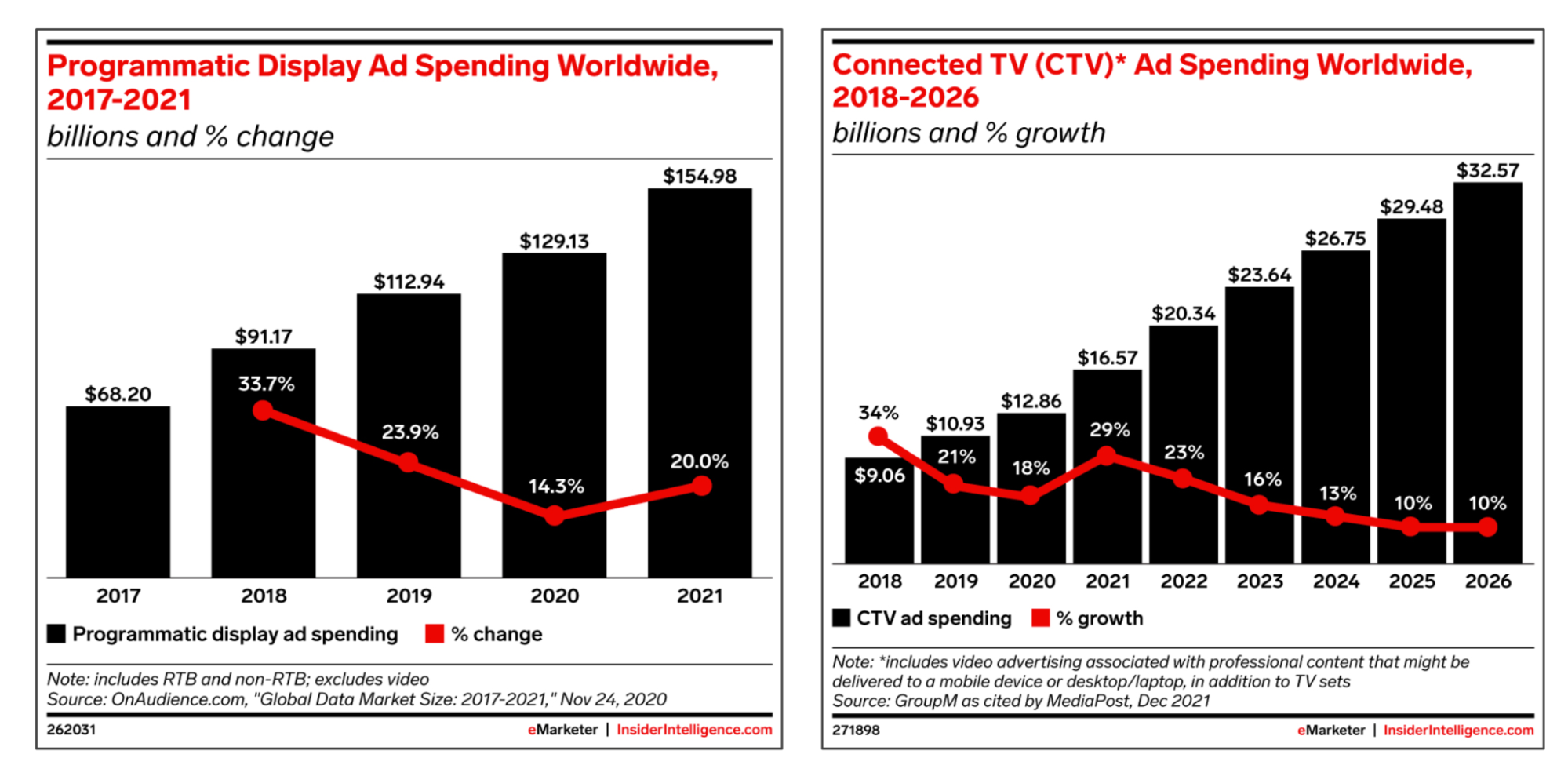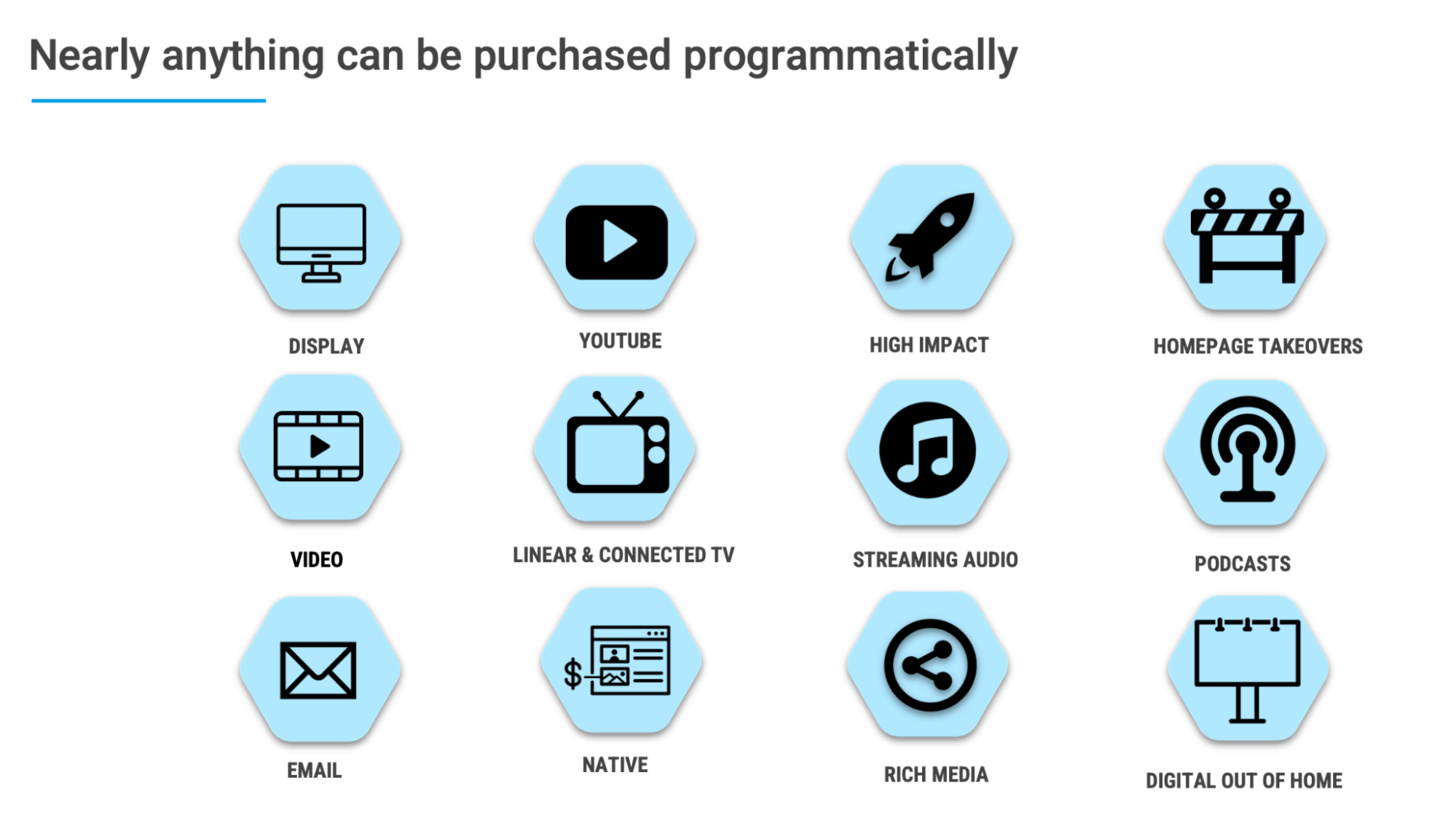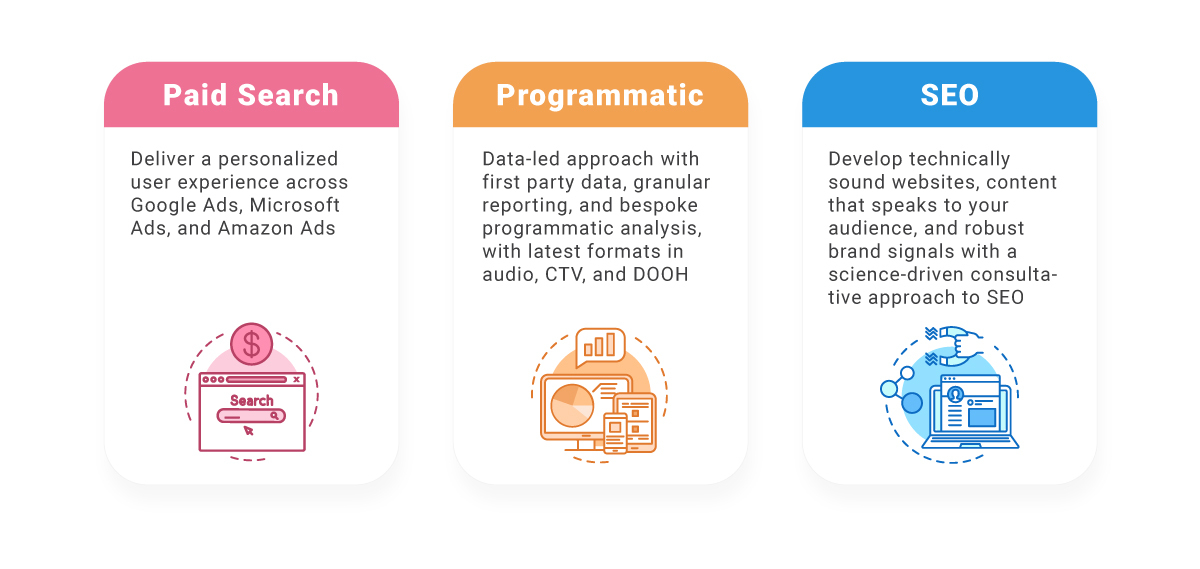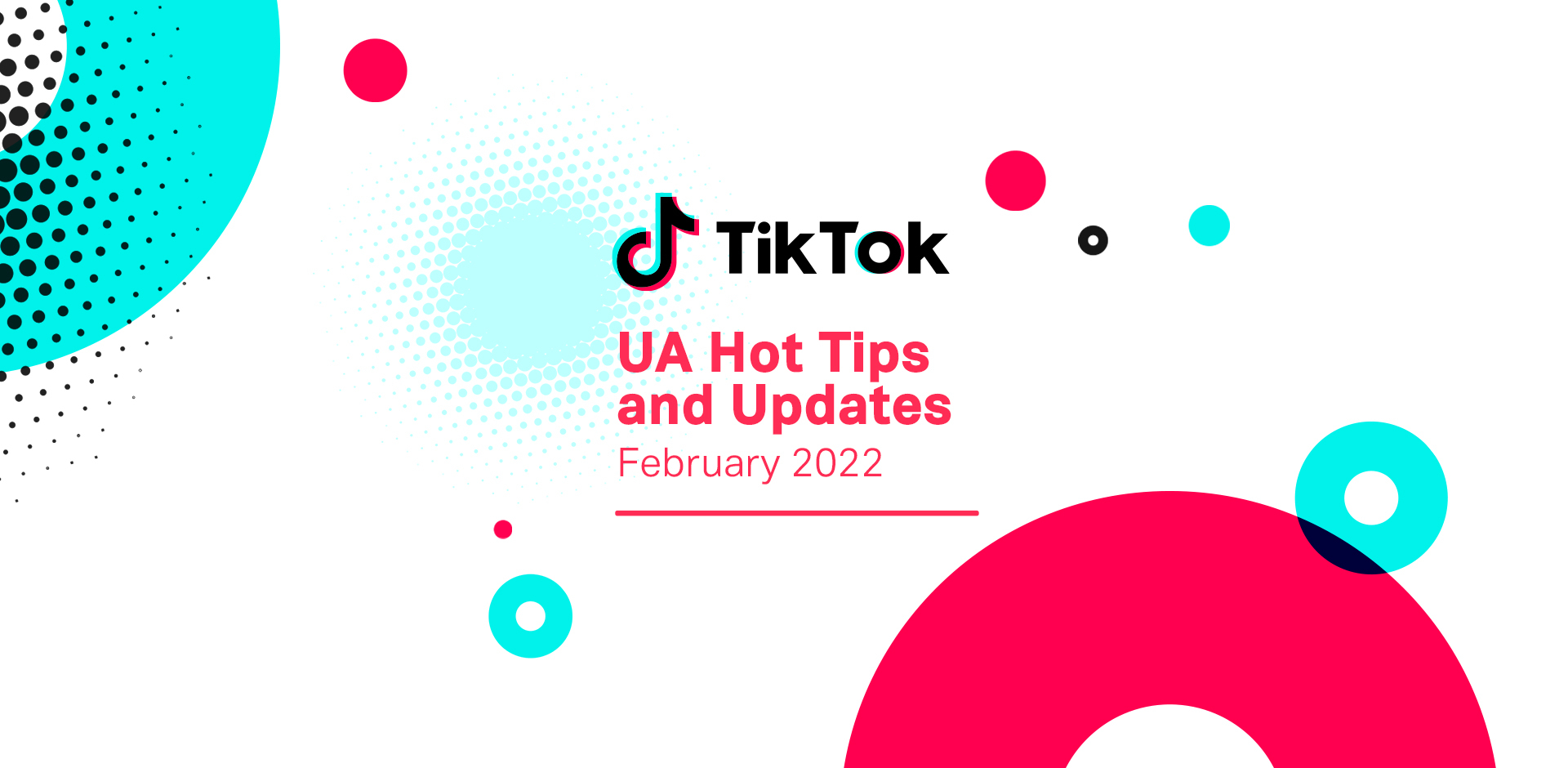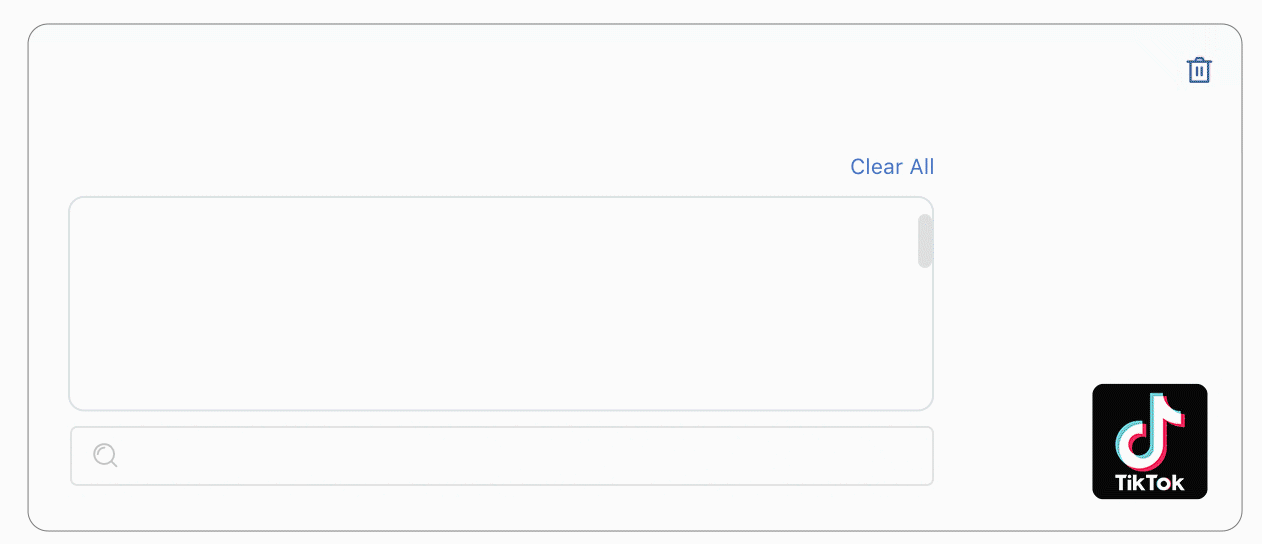In today’s post, we share over 200 mobile app ad concepts for TikTok, Facebook, and Google advertisers in this 2022 edition whitepaper. Starting with an advertising ecosystem update, we explain what you need to do to survive in this now volatile ad ecosystem in 2022.
Over 200 Mobile App Ad Concepts
for TikTok, Facebook, and Google Advertisers
2022 Edition
Section 1: 2022 Advertising Ecosystem Update
Mobile app advertisers in 2022 are better prepared for the evolving advertising ecosystem than they were last year. We can now quantify the impact of IDFA loss and understand the iOS A/B testing implications and automated buying and privacy restrictions. Based on public comments, IDFA impact is generally being accepted as the new normal, with lower-level setting and -30% margin compression due to the complexity of targeting and measurement on iOS. Mobile app businesses are acclimating and many are growing within these new constraints.
As dependence on upper-funnel campaigns increases, UA teams know they can no longer rely on the crutch of deterministic tracking to provide sustained financial performance. The deterioration of lookalike audiences and the black box of deeper funnel events means a user’s declared interests and contextual advertising are critically important for insights into user motivation and intent. Ad creative optimized to appeal to discreet personas is now the most efficient lever for sustained profitable user acquisition. Even without deterministic tracking, UA teams that understand their target personas can scale by attracting high-quality users.
At scale, agile persona-led creative is now the most efficient way to support the ongoing experimentation now required for profitable user acquisition. Based on over 100,000 videos and images we produce and test yearly for our clients, our research has shown that winning ads last only 10 weeks, before they burn out. We have performed over 25,000 A/B and multivariate tests on Facebook, Google, TikTok, and Snap and have learned that 85-95% of new creative concepts fail to outperform the best ad in a portfolio. To survive in this volatile ad ecosystem, 20-50 new concepts are needed to find the next winning creative. And you’ll need to keep developing new concepts to stay ahead of creative fatigue.
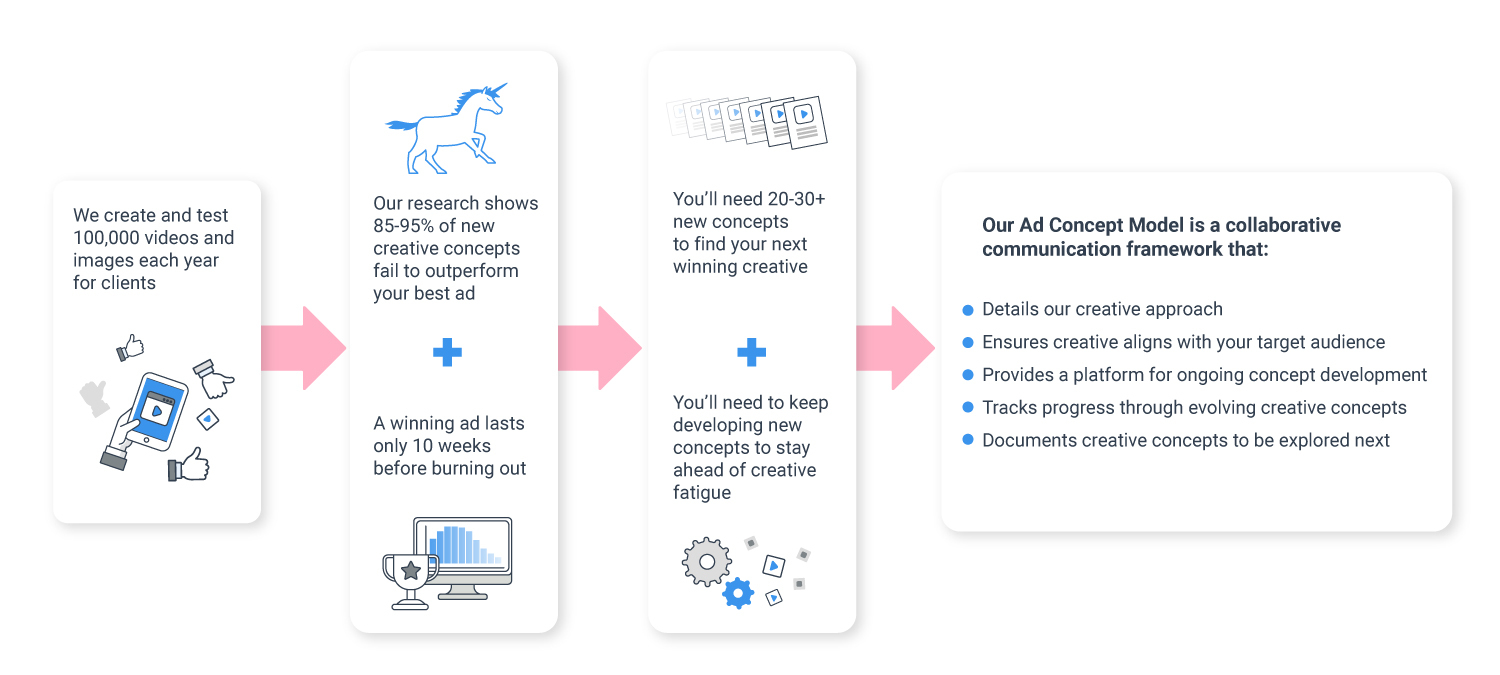
Read on for recommendations to:
- Organize and track creative development through our Ad Concept Model
- Find the creative trends popular within specific categories
- Use personas to tailor ad creative
- Use creative trends and user motivations to guide creative ad concept explorations
- Develop over 200 mobile app ad concepts for mobile games, dating apps, mobile streaming apps, fintech apps, and subscription apps
DOWNLOAD OVER 200 MOBILE APP AD CONCEPTS WHITEPAPER NOW
Section 2: Increase Paid Social Creative Success
Using Our Ad Concept Model
Our Ad Concept Model is a collaborative communication framework designed to organize and track creative development. The model creates lanes for a creative team to explore while eliminating unfocused ideation that doesn’t align with your target personas, motivations, or trends. Each ad concept model supports 30-50 ideas for each app category by pairing creative trends with user motivations.
Here’s how we use it:
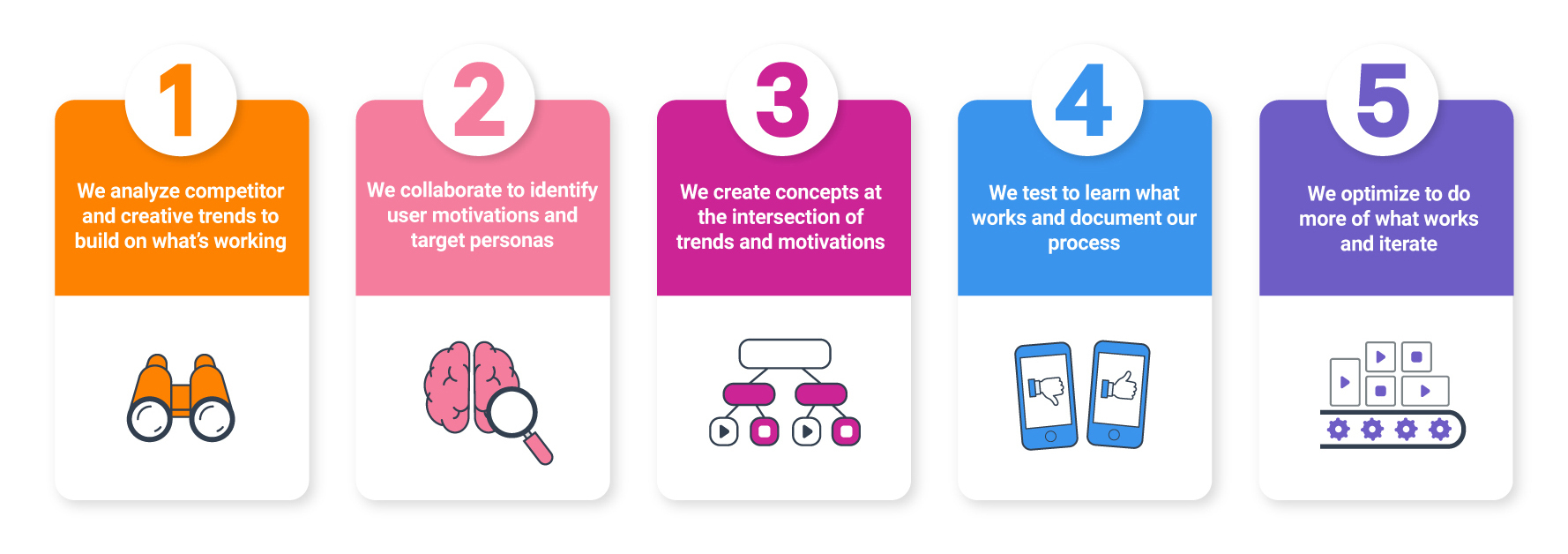
Using these steps, we’ll show you how we create dozens of persona-led ad concepts efficiently and effectively within our Ad Concept Model. Every app category or game sub-genre can leverage a unique combination of distinct emotional triggers and creative trends to attract users.
Step 1: Analyze competitor and creative trends within your genre/category
Start with your internal data on what creative is working best already, then go deep on what’s working for competitors. Use Facebook Ad Library to see every ad currently running on their ad network. For implied success metrics, you can use Mobile Action, SensorTower, or AppAnnie competitor libraries. AdRules, our SaaS platform analyzes 3.5 million videos and is updated daily. Your goal is to get a broad view of what creative is working and what isn’t across the category. Identify the creative trends you’re seeing and segment those trends. Consider these like fashion – they keep changing and going in and out of style.
Depending on the app category, some creative trends may include:
- An app overview focused on overall user experience and/or specific features
- An app overview using tips and quizzes
- Testimonials and reviews from users
- Influencers and celebrities delivering the primary message
- Social connection, social media, and chatting
- Achievement opportunities like level progression and mastery
- Vignettes featuring short scenarios or stories
Step 2: Identify user motivations and target personas
Before building out a matrix for a particular set of ad concepts, identify different user motivations driving your target personas and break down those motivations by underlying values, desires, and behaviors.
Depending on the app category, some user motivations may include:
- Excitement
- Connection
- Expertise
- Success
- Escape
- Creation
- Learning
- Access
- Simplification
- Discovery
Step 3: Map competitive trends to user motivations to guide creative concept development
Map identified motivations to creative trends within the category to develop and iterate on different concepts. In the empty model below, each box represents a different ad creative concept. User motivations appear along the horizontal axis and trends appear along the vertical axis.
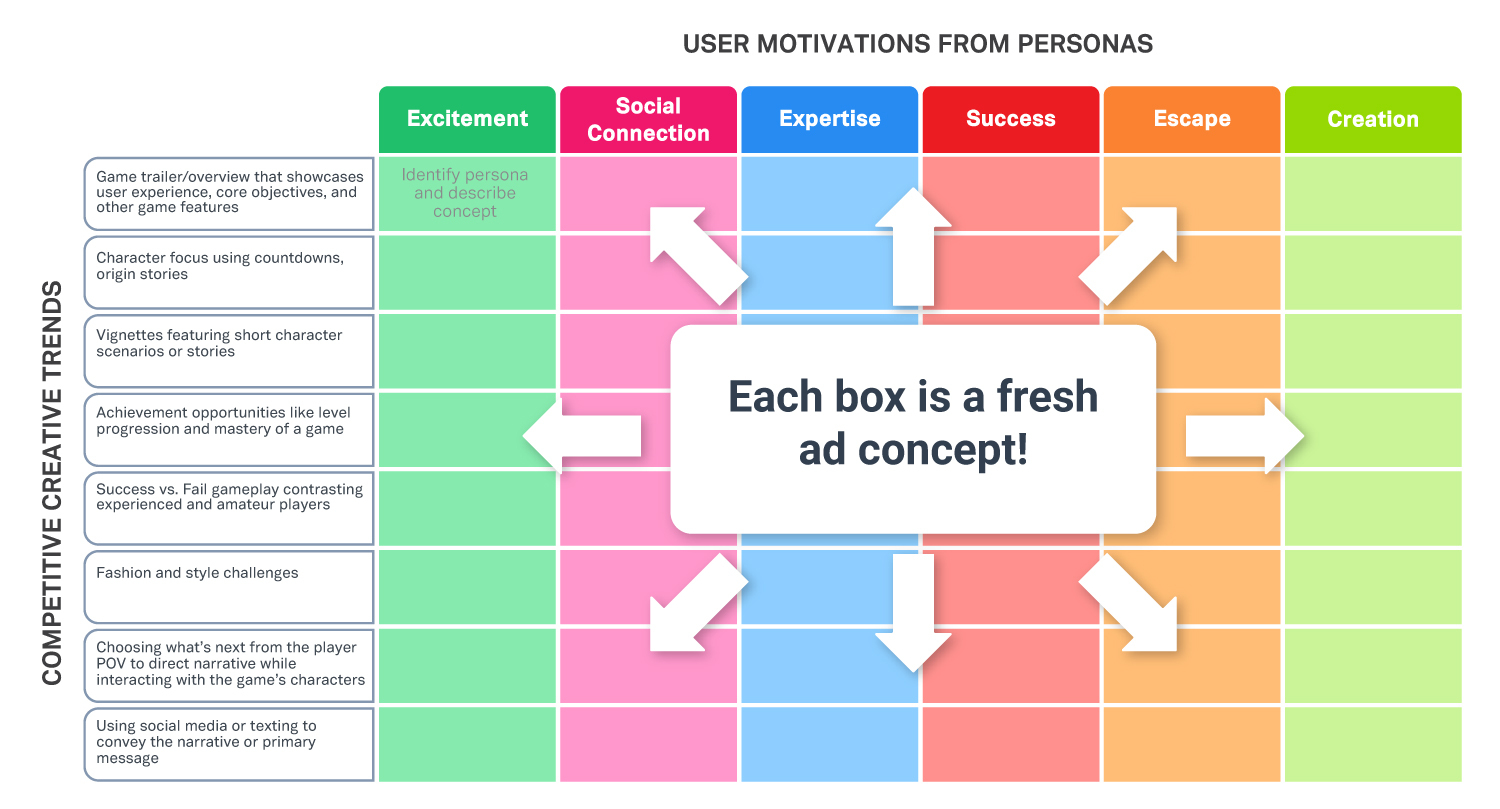
Step 4: Test and Learn
While not all creative trends will work persuasively with each motivation, expand concepts even further by targeting specific personas within each pairing. Integrating performance data, competitive analysis, and UX, you can develop a bespoke creative strategy targeting behaviors, triggers, and preferences through individual concepts.
Step 5: Optimize and Iterate
We’ve learned why it can be hard to beat your control video. But a constant stream of fresh creative concepts and smart, iterative testing means we can beat the algorithmic odds. Once you have a winner, then resize, localize, and scale.
Why use a model like this?
Consumer Acquisition’s Ad Concept Model ensures we always have new creative concepts to stay ahead of creative fatigue. We’ve systematized the process so we know what works, why it works, and how to do more of it. From niche to mainstream, our creative concepting model means our clients get reliable top-performing creative in the most cost-efficient and scalable way.
Each of the following ad concept models supports 30-50 ideas for each category by pairing creative trends with user motivations. Across five top app categories, get inspiration from over 200 ad concepts to develop and test.
DOWNLOAD AD CONCEPT MODEL SUMMARY NOW
Section 3: Gaming Mobile App Ad Concepts
Because game genres are so varied, we’ve compared fashion games to sports games to show the distinction between categories. The creative trends for these two gaming audiences are notably different from one another while sharing triggers and motivations.
Step 1: Analyze competitor and creative trends within your genre/category
Based on information from Facebook Ad Library, TikTok For Business, and MobileAction, here are ad creative trends we’re seeing for mobile sports games:
- Gameplay and game overview that showcase graphics and players (Home Run Clash, NBA 2K, Boxing Star)
- Distance or performance challenges for viewers to propel an object to reach a target (Baseball Boy, Slap Master)
- Competition videos dramatize head-to-head competition between rival players or teams. (Darts of Fury, Home Run Clash)
- Noob vs. Pro videos displaying bad and good gameplay (Darts of Fury, Mini Golf King)
- Real player footage replacing game characters and gameplay (Tennis Clash, Sniper Arena, Draft Kings)
- Cinematic techniques like slow-motion and camera pan utilizing game characters (Johnny Trigger, Mr. Bullet, Sniper Arena, Tennis Clash)
Based on information from Facebook Ad Library, TikTok For Business, and MobileAction, here are ad creative trends we’re seeing for fashion and style simulation games:
- Choosing what’s next from the player POV to direct narrative while interacting with the game’s characters
- Game trailer/overview that showcases user experience, core objectives, and other game features.
- Fashion and style challenges
- Using social media or texting to convey the narrative or primary message
- Character focus using countdowns, origin stories
- Vignettes featuring short character scenarios or stories
- Achievement opportunities like level progression and mastery of a game
- Success vs. Fail gameplay contrasting experienced and amateur players
Step 2: Identify user motivations
General Gaming User Motivations
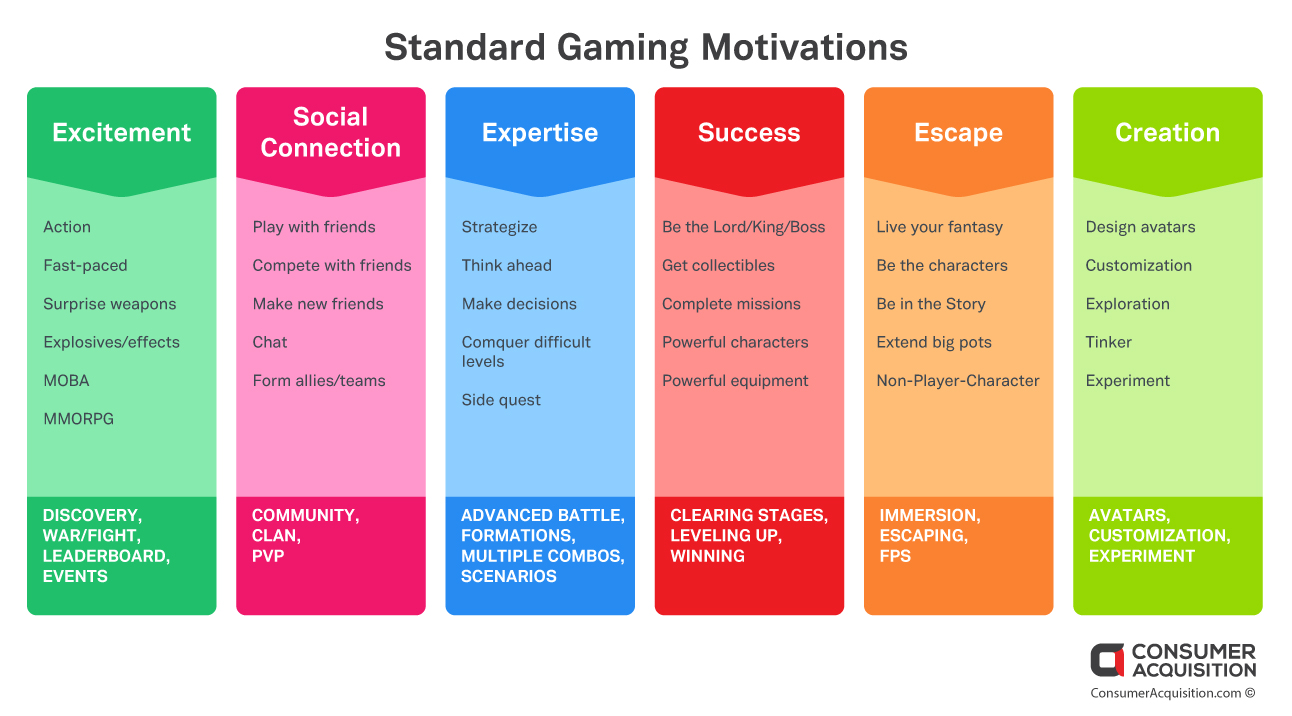
Here’s how sports game creative trends appeal to user motivations:
- Real player footage and cinematic techniques provide immersion, fantasy, and excitement
- Distance challenges and Noob v. Pro videos appeal to mastery, competition, power, and fantasy
- Player rivalries appeal to competition, mayhem, action, challenge, power, and fantasy
- Gameplay and controller overlays appeal to immersion, excitement, challenge, and competition
- Augmented gameplay provides social appeal and story immersion
- Team creation scenarios appeal to creativity, customization, strategy, and making decisions
Here’s how fashion game creative trends appeal to user motivations:
- Choosing what’s next appeals to self-expression, progression, and escapism
- Fashion and design challenges appeal to self-expression and escapism
- Using social media or texting appeals to social connection
- Focusing on character stories and vignettes appeal to discovery, relaxation, and escapism
- Achievement opportunities and Success vs. Fail gameplay appeals to expertise, power, and progression
Step 3: Map competitive trends to user motivations to guide creative concept development
Sports Game Creative Concepts
Create videos that incorporate statistics into the gameplay:
- Overlay graphics to show the distance of tape measure shots and challenge viewers to play
- Overlay stats graphics on characters, challenging viewers to beat their opponent
- Appeals to players motivated by competition, power, challenge, excitement
Create a countdown of featured players in the game:
- Showcases animation style, range of players, and stats
- Style graphics like collector cards
- Spark curiosity about who is (or is not) included
- Appeals to players motivated by completion, surprises, competition, community, and power
Add trash talk over gameplay:
- Showcases gameplay and graphics alongside subtitles
- Appeals to players motivated by competition, community, being on a team, mayhem, interacting
Feature gameplay with emoji overlays and talk bubbles to communicate emotions:
- Humanizes and adds humor
- Showcases game graphics
- Appeals to players motivated by community, being on a team, interacting, fantasy, and surprises
Intercut gameplay with real footage, so that it’s hard to tell what’s real and what’s the game:
- Showcases game graphics and simulation
- Appeals to players motivated by immersion, fantasy, action, discovery
Re-create the feel of a famous announcer calling a legendary game with gameplay and voice over:
- Creates emotional “what if” scenarios
- Engages viewer’s curiosity
- Highlights the passion of sports fans
- Appeals to players motivated by community, being on a team, immersion, fantasy, action, discovery
Create videos using cinematic techniques and voiceover to up the emotional ante of the game:
- Showcases game graphics
- Utilizes nostalgic sports documentary feel
- Appeals to players motivated by community, being on a team, immersion, fantasy, action, discovery
Create side-by-side videos of good (Pro) versus bad (Noob) gameplay:
- Shows the difficulty of the game
- Highlights both “wins” and “fails”
- Appeals to players motivated by competition, power, challenge, excitement
Create a sing-along music video of gameplay with a famous sports chant:
- Most chants are in the public domain
- Showcases graphics and gameplay
- Appeals to players motivated by community, being on a team, immersion, fantasy
Fashion & Style Games Creative Concepts
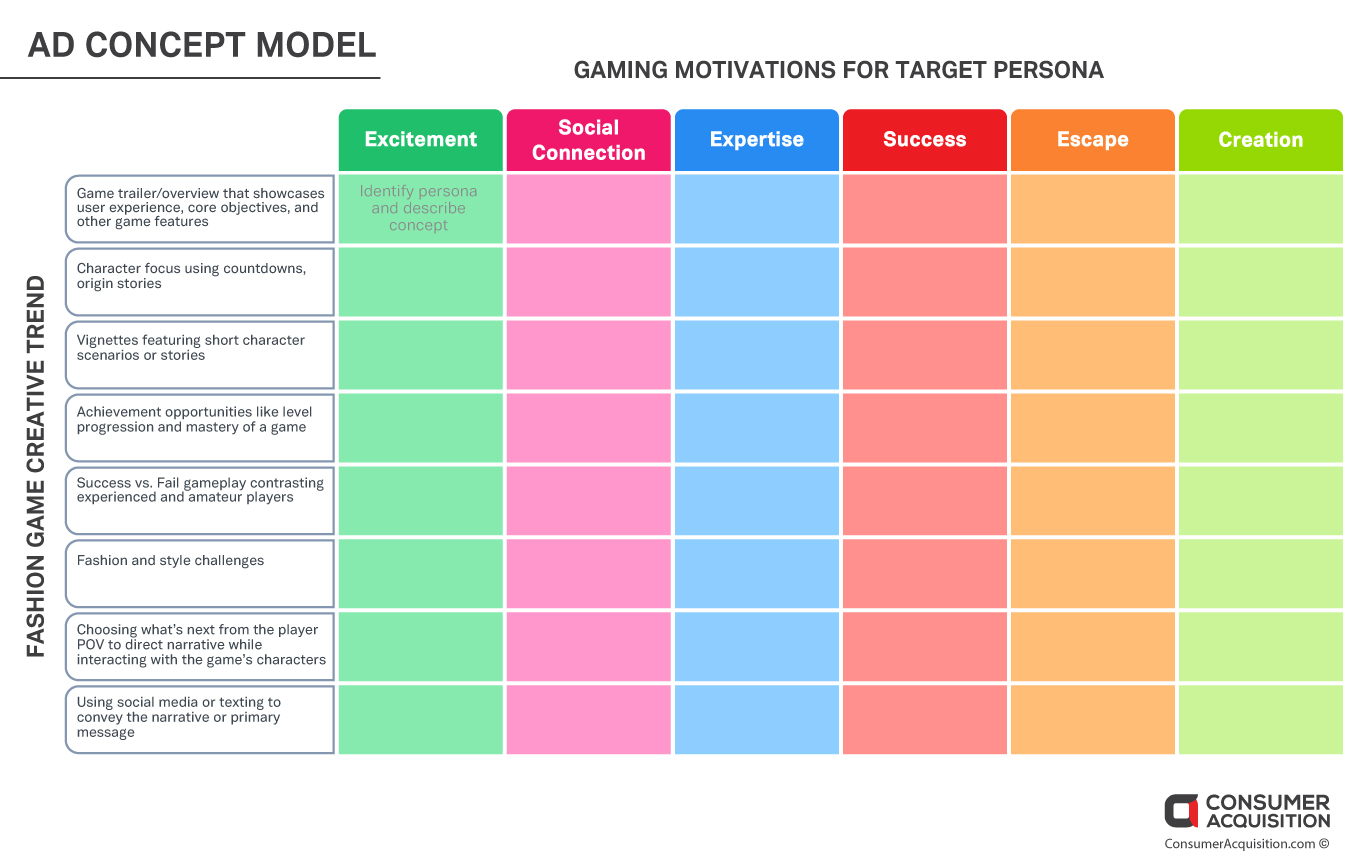
Create ads based on choosing what’s next:
- Use diverse characters and situations
- Offer multiple quick choices
- Use popular themes like jealousy, cheating, hooking up, fantasy, and revenge makeovers
Insert player into the narrative:
- Have character interact directly with the player
- Use meters to rate player responses
- Feature simple situations, not complex narratives
- Use popular themes like what to wear, hooking up, fantasy, and revenge makeovers
Fashion & Style Challenges:
- Event-based fashion choices like what to wear on a date
- Revenge-based makeovers from being rejected by a character
- Male makeovers based on rejection or aspiration
- Self-acceptance makeovers reject perfection in favor of body positivity
- Design a perfect date by choosing the right movie, food, etc.
- Hyper-customization including avatar skin tone, facial features, room design, etc
Feature gameplay with emoji overlays and talk bubbles to communicate emotions:
- Humanizes and adds humor
- Showcases game graphics
- Appeals to players motivated by community, being on a team, interacting, fantasy, and surprises
Create side-by-side videos of good (Pro) versus bad (Noob) gameplay:
- Shows the challenges
- Highlights both “wins” and “fails”
Create gameplay videos that explain the experience in detail:
- Detail benefits of playing (customization, escapism, social connection)
- Explore live-action to differentiate from category
- Feature influencers or players discussing the game
- Explore CG concepts to differentiate from category
Section 4: Dating Mobile App Ad Concepts
Step 1: Analyze competitor and creative trends within your genre/category
Top competitors in the mobile app dating space include Tinder, Hinge, Skout, Clover, Match, Plenty of Fish, OKCupid, and Coffee Meets Bagel. Based on information from Facebook Ad Library, TikTok For Business, and MobileAction, dating app creative trends we’ve identified include:
- App Overview: Overview of the app that showcases features and user experience
- App Content: Captured content and screen grabs from the app
- Testimonial: Focused on a user’s review and/or experience of the app
- Influencers: Utilizing influencers and/or celebs to deliver the primary message
- UGC: Content a user would upload to social media regarding the app
- Tips & Quizzes: Communicating features or benefits through advice or quizzes
Step 2: Identify user motivations
Dating app ad creative perfectly illuminates how persona-based creative concepts appeal to the unique motivations of different users, from long-term romance to casual connections.
Dating App User Motivations
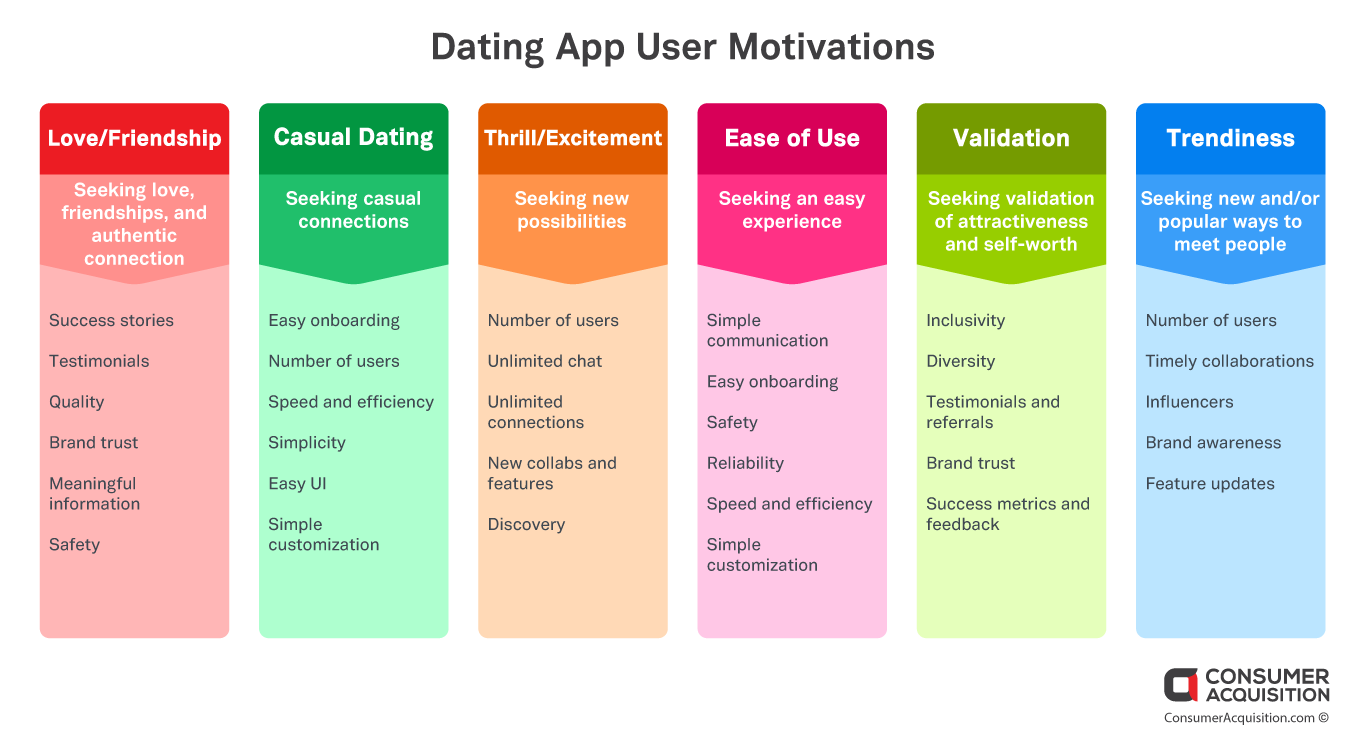
Step 3: Map competitive trends to user motivations to guide creative concept development
Focus on success stories to appeal to users seeking love, authentic connections, and validation:
- Show a dating journey
- Highlight real user testimonials
- Use high-quality photography to show happy couples
- focus on one-to-one attention
Highlight app features by inserting the user into the experience:
- Have user choose from actual profiles
- Simulate chat with potential dates
- Have user set up a mini profile
Highlight app features for users seeking casual connections:
- Model fast onboarding
- Reveal “new singles” in the area
- Prompt users with “See More” to tease a surplus of profiles to access
Focus on the app experience to highlight ease of use:
- Rotate through dating profile photos with minimalistic UI
- Use captured content and screen grabs to communicate the interaction process
- Rotating through a swath of potential users
Leverage faux testimonials and UGC-style videos:
- Use direct address toward the audience and text overlays to look like native content
- Use screenshots of personal messages to show dating experience
- Show newness and popularity of the app
In the model below, each box represents a different ad creative concept. This dating app model supports over 30 creative concepts for streaming apps by pairing six trends with six user motivations.
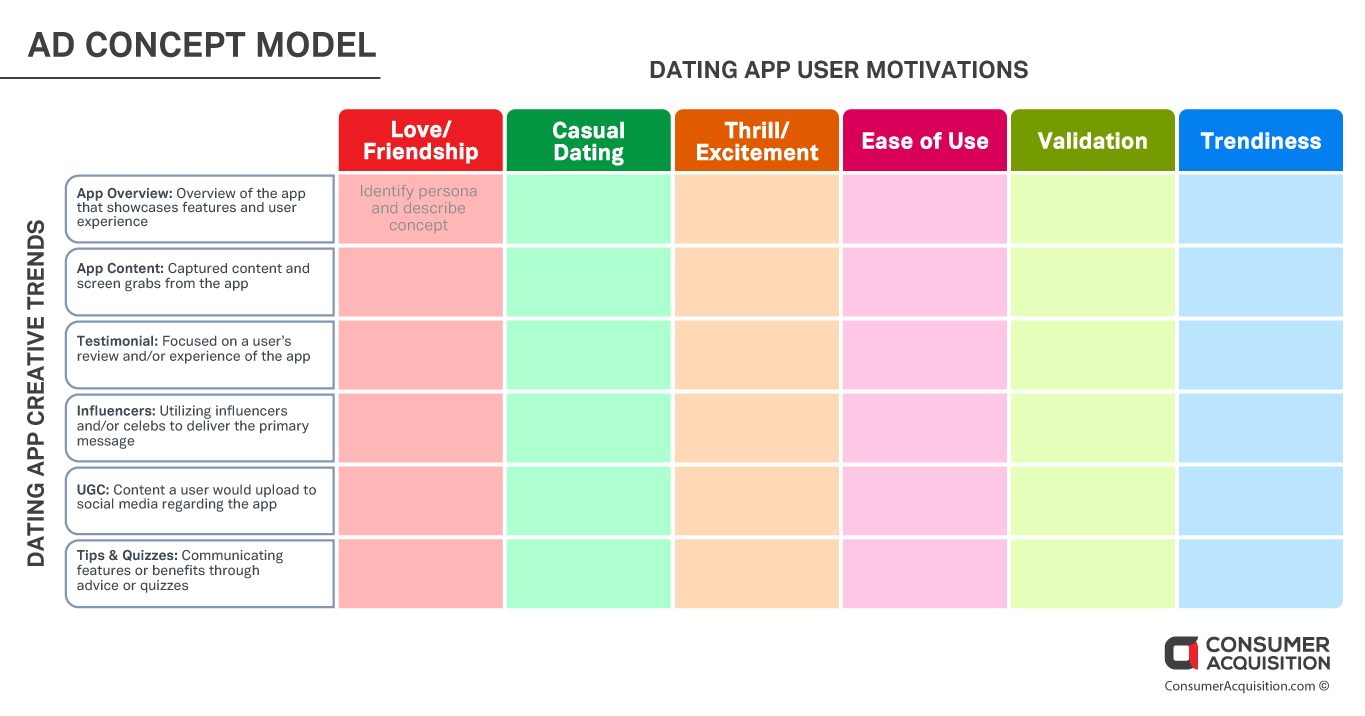
DOWNLOAD OVER 200 MOBILE APP AD CONCEPTS WHITEPAPER NOW
Section 5: Streaming Mobile App Ad Concepts
Step 1: Analyze competitor and creative trends within your genre/category
Top competitors in this space include Netflix, Hulu, Philo, Pluto TV, Sling, Starz, SyFy, Vudu, Shudder, FXNow, AT&T TV, BET Now, Paramount Network, Crackle, Disney+, Maimovie, TikTok, Uplive: Live it Up, Replika: My AI Friend, Roku, Youtube TV, and HBO Now.
Based on information from Facebook Ad Library, TikTok For Business, and MobileAction, broad concepts and trends we see for streaming apps include:
- Movie Trailers: Videos with movie trailer style content, featuring one or multiple titles. (Starz, Shudder, BET Now)
- Promoting Exclusive Content: Videos or images promoting exclusive or original content. (Netflix, HBO Now, TikTok)
- Special Offers: Videos or images with special offers. (Hulu, Starz)
- Range of Programming: Videos or images touting breadth of content. (Philo, Pluto TV, Vudu)
- App Overview: Videos or images focused on the workings of the app, including exclusive services. (Vudu, Maimovie, Replika)
Step 2: Identify user motivations
Streaming apps and mobile content services range from hard-to-find content to broad appeal favorites, pay-per-view to subscription. While different mobile content services may focus on specific user interests, there are universal user motivations for content and streaming services that drive their fast-growing popularity across all categories.
Streaming App User Motivations
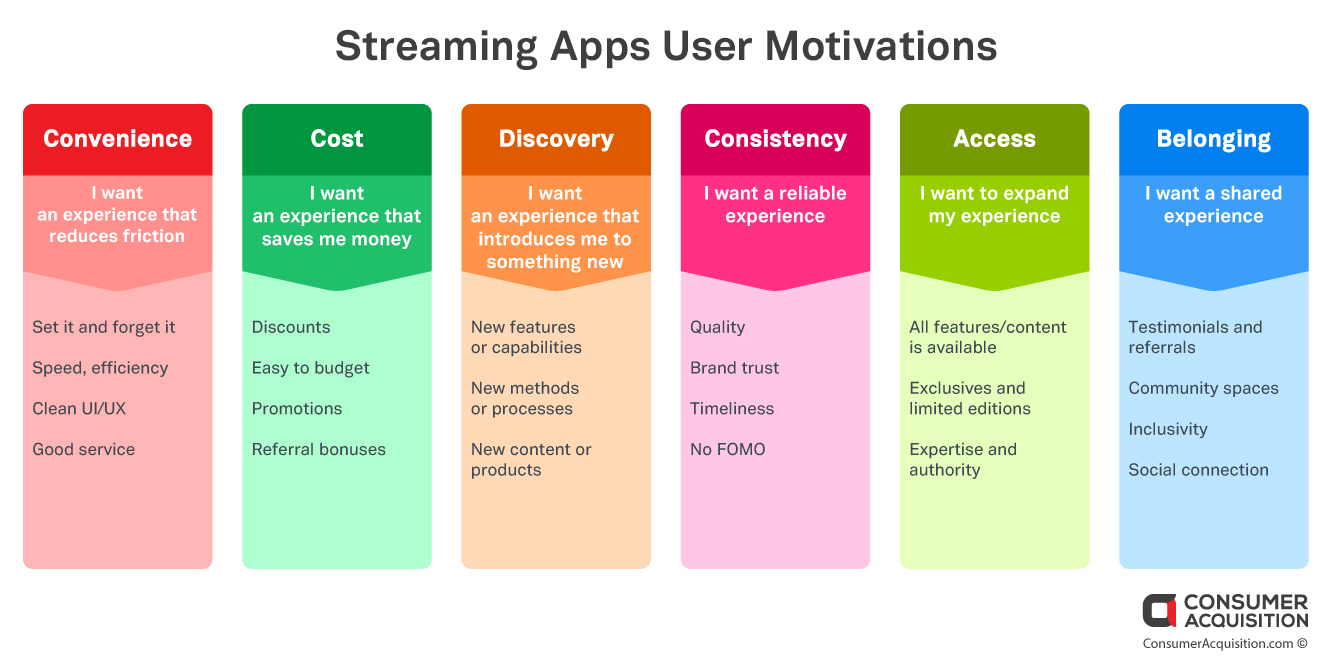
Step 3: Map competitive trends to user motivations to guide creative concept development
In the model below, each box represents a different ad creative concept and we’ve included a sample set. This ad concept model supports over 40 creative concepts for streaming apps by pairing seven trends with six user motivations.
Compare the app experience, price, and other factors against other apps or games. Here’s what to do for viewers interested in the following:
- Discovery Seekers: use a new content comparison
- Access Seekers: use a content library comparison
- Value Seekers: use a cost comparison
Showcase features and user experience through screen grabs from the app.:
- Convenience Seekers: highlight ease of use to get to the content fast
- Deal Seekers: highlight promos or discounts
- Discoverers and Access Seekers: new releases and a variety
Use UGC and testimonials to highlight content and user experience:
- Highlight ease of use to get to the content fast
- Show what it’s like to discover a new favorite
- Highlight niche and hard-to-find content
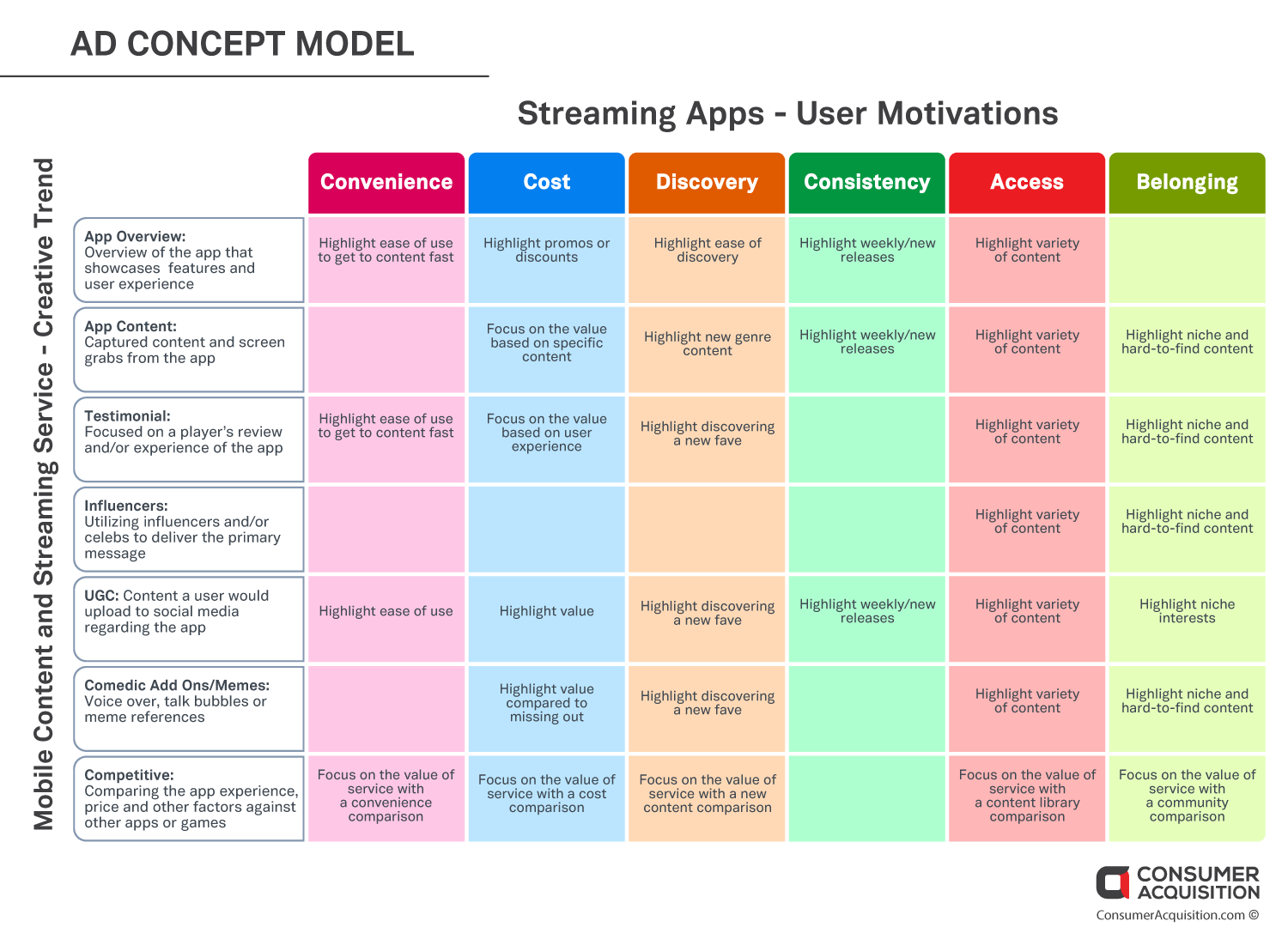
Section 6: Fintech Mobile App Ad Concepts
Step 1: Analyze competitor and creative trends within your genre/category
Top competitors in this space include: Acorns, Fisher Investments, Lending Tree, The Penny Hoarder, Northern Trust Wealth Management, Dave: Banking for Humans, Current: The Bank for Modern Life, Coinbase, Crypto.com, M1 Finance, Finimize, Kabbage: Small Business Loans, DOSH, Edward Jones, Edelman Financial Engines, Credit Karma, Credit Sesame, myFICO, YNAB, Mint, The Balance, Personal Capital, Marcus by Goldman Sachs, Wealthsimple, Robinhood, Nerdwallet, Stash, Earnin, Motley Fool, WalletHub
Based on information from Facebook Ad Library, TikTok For Business, and MobileAction, FinTech ad creative trends we identified included:
- App Overview/Feature Benefit: An image or video that communicates overall user experience and/or specific features. (Dave, Current, Coinbase, M1 Finance, Finimize, Edward Jones, Credit Karma, many others)
- App Overview/Tips & Quizzes: Communicating app features and/or benefits through advice or quizzes. (Fisher Investments, Marcus by Goldman Sachs, Persona Capital, Penny Hoarder, Nerdwallet)
- Testimonial: Focused on a user’s review and/or experience of the app. (Penny Hoarder, Dave, M1 Finance, Dosh, Credit Karma, YNAB, Personal Capital, Wealthsimple, Robinhood, Earnin)
- Influencers: Utilizing influencers and/or celebrities to deliver the primary message. (Personal Capital)
- Promotional: Contests, promotions, gift cards, and other rewards for using and/or downloading the app. (Lending Tree, Current, Coinbase, Crypto.com, M1 Finance, Robinhood)
- Current Events/Topical: Having to do with recent news or impactful events. (Lending Tree)
- Social Connection: Involving people connecting on social media or via text. (Dave, Finimize, Earnin)
- Meme: Comedic text on an image, often building on something that’s already viral. (Credit Sesame)
Step 2: Identify user motivations
FinTech and Financial App User Motivations
From milestone birthdays to selling a house to job changes, there are many motivational triggers that drive people to use fintech apps.
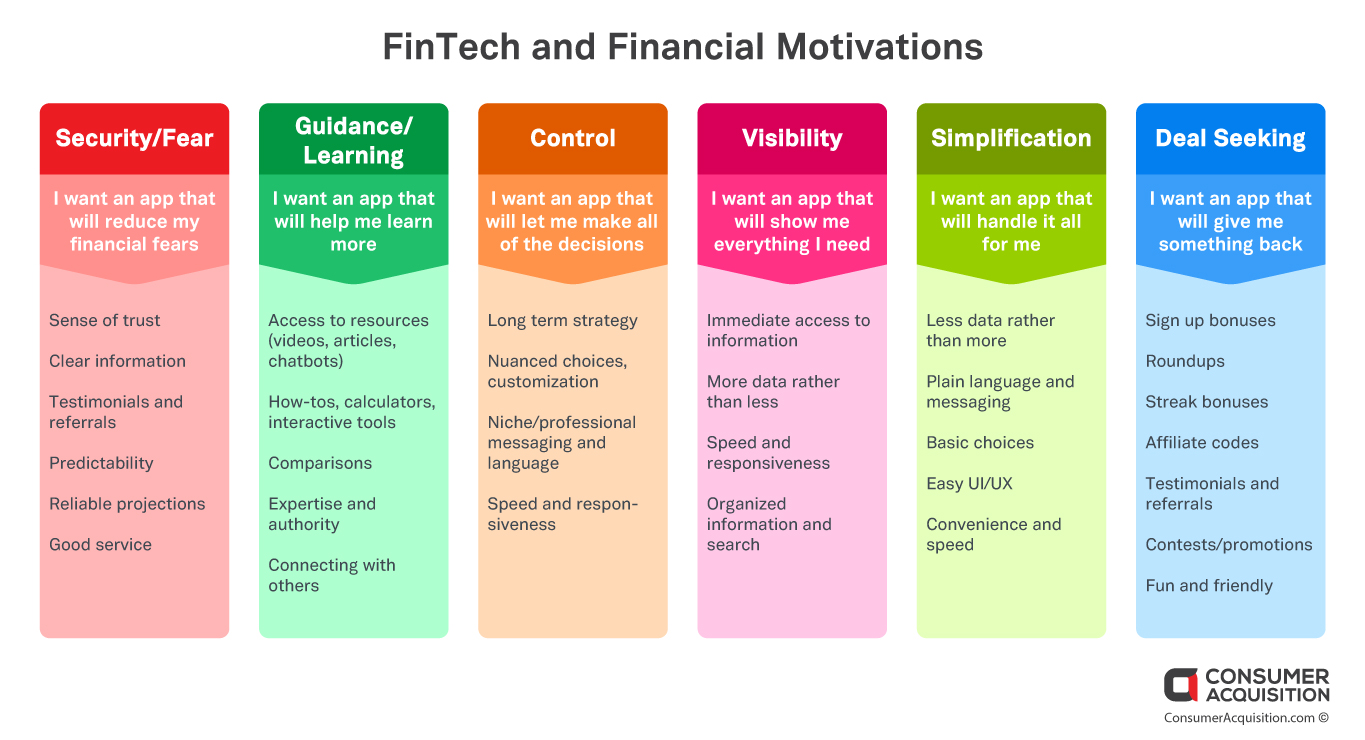
Step 3: Map competitive trends to user motivations to guide creative concept development
In the model below, each box represents a different ad creative concept and we’ve included a sample set for a first-time homebuyer below. The expanded ad concept model supports almost 50 creative concepts for streaming apps by pairing eight trends with six user motivations.
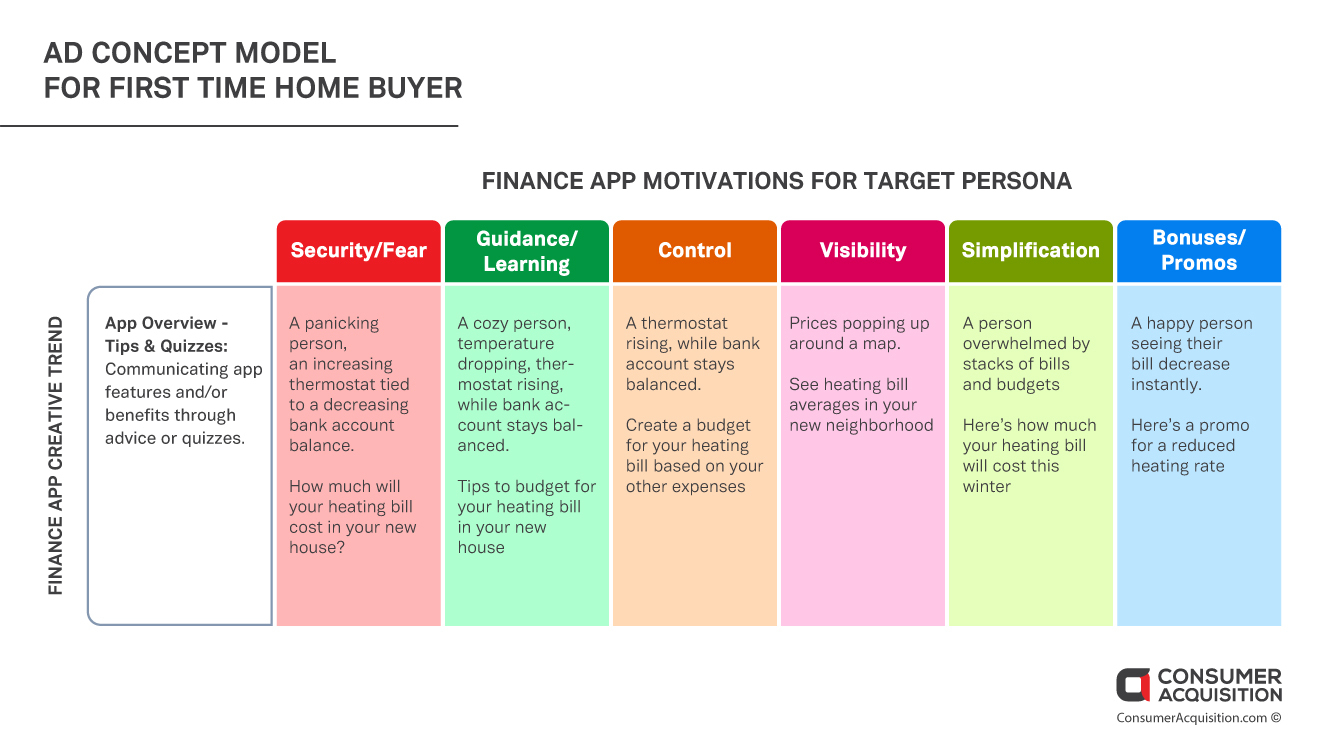
Create concepts that focus on the overall site experience, as well as specific features:
- Appeal to different financial triggers (home buying, job change, retirement, college, etc.)
- Try copy tied to a positive emotional benefit rather than fear-based messaging (e.g., “Retirement? You got this.”)
Feature advice and/or quizzes:
- Communicates key benefits/features by engaging with the user
- Appeal to different financial triggers (home buying, job change, retirement, college, etc.)
- Explore a diverse range of user representations
- Explore refined illustration in addition to portraits
Feature user and media reviews:
- Written reviews are easiest to produce
- Can test versions that feature independent media reviews and user reviews
- UGC testimonials are a simple way to review the site
- Explore individual user profiles
Utilize celebrities or influencers to promote the features:
- Inset or split-screen, combining influencer with site graphics
- Full-screen influencer testimonial, before cutting to app use and end card
- Can also work with static images/quotes from the endorser
Create a promotion where visitors to the website can register to win money or other prizes:
- Creates an incentive to visit the site
- Prizes could include:
- money for retirement fund
- Help with house down payment
- Pay off of a credit card
- Free financial planning from a fiduciary for a year
Create concepts that leverage social platforms:
- Texting can be a good way to tell narrative stories in an inexpensive, easy-to-produce format
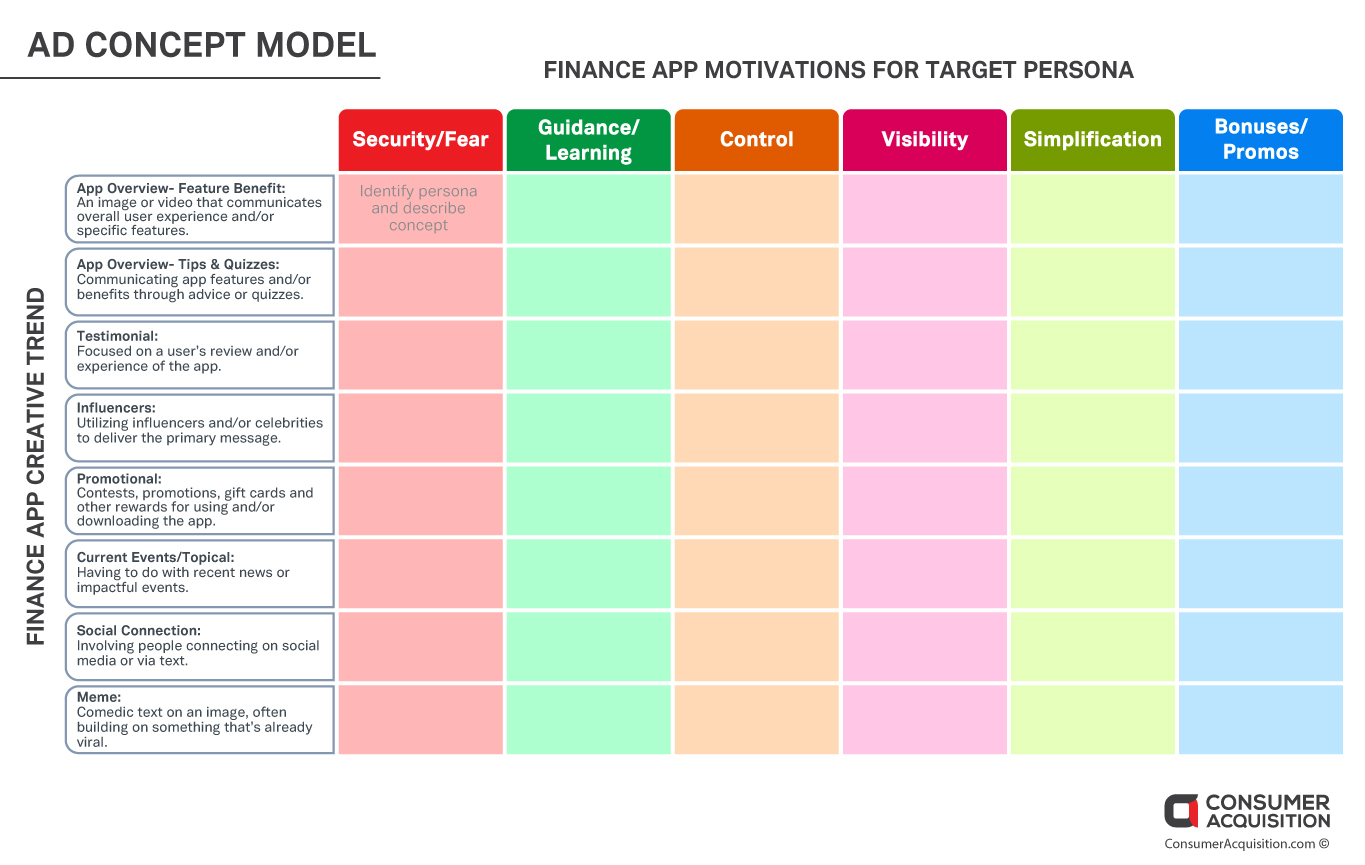
Section 7: Subscription Mobile App Ad Concepts
Step 1: Analyze competitor and creative trends within your genre/category
Based on information from Facebook Ad Library, TikTok For Business, and MobileAction, creative trends we’ve identified for mobile subscription apps broadly include:
- App Overview: An image or video that communicates overall user experience
- Key Feature: Focus on the specific benefits of a core feature
- Testimonial: Focus on a user’s review and/or experience
- Animated Text: Kinetic typography or motion graphics
- Visually Compelling: Focus on arresting photography
- Brand: Focus solely on brand messaging
Step 2: Identify user motivations
Mobile app subscription services range from weekly food boxes to productivity tools to fitness trackers. Borrowing from the value propositions of software-as-a-service, mobile subscription services promise an ongoing value for a recurring payment. While different mobile subscription categories focus on specific user interests, there are universal user motivations for subscription services that drive their popularity across all verticals. Below, we’ve outlined high-level motivational triggers for a mobile app subscriber. The included motivations are specific to the mobile app subscription model itself, not an individual category such as fitness or productivity.
Subscription Mobile App User Motivations
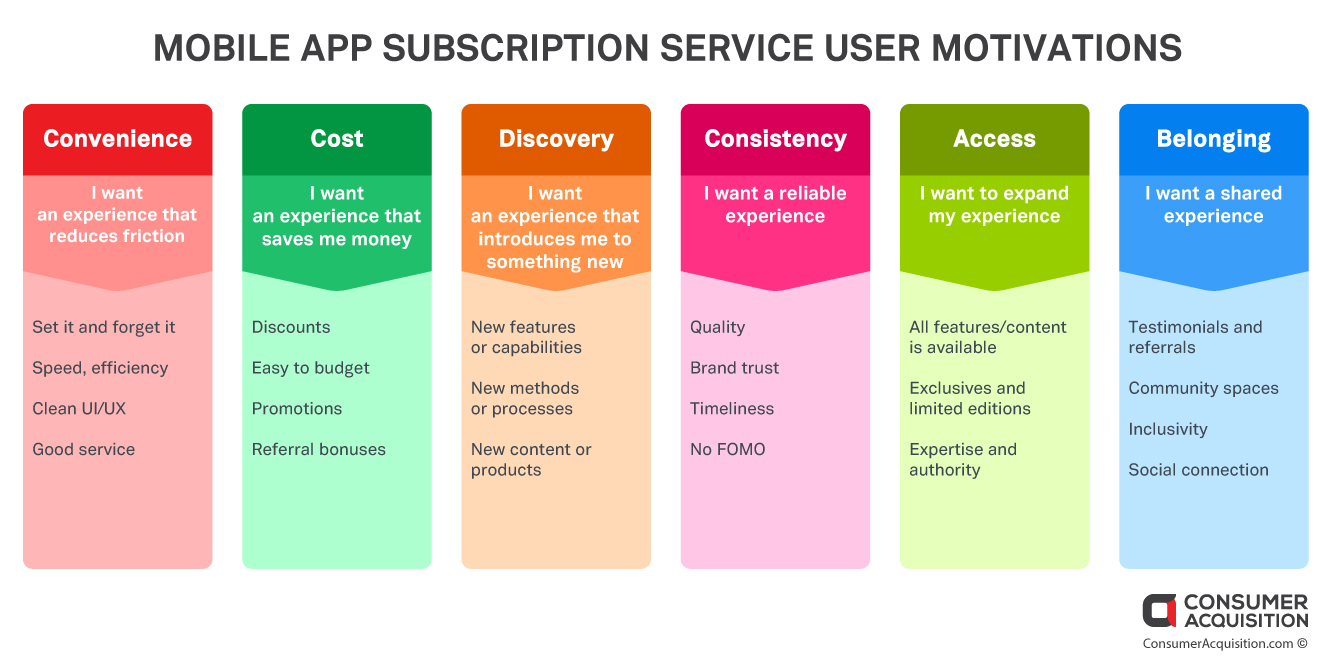
Step 3: Map competitive trends to user motivations to guide creative concept development
Our ad concept model supports nearly 40 creative concepts for mobile subscription service apps by pairing six trends with six user motivations.
Showcase features and user experience through screen grabs from the app:
- Convenience-seekers, highlight ease of use, fast set-up, and support
- Deal-seekers, highlight promos or discounts
- Discoverers and access seekers show new products and features
Use testimonials to show subscriber experience:
- Highlight ease of use to get products fast
- Show what it’s like to discover a new favorite
- Highlight niche and hard-to-find products
Use arresting photography to differentiate:
- Show exclusives and limited editions
- Highlight niche and hard-to-find products
- Highlight community spaces and social connection
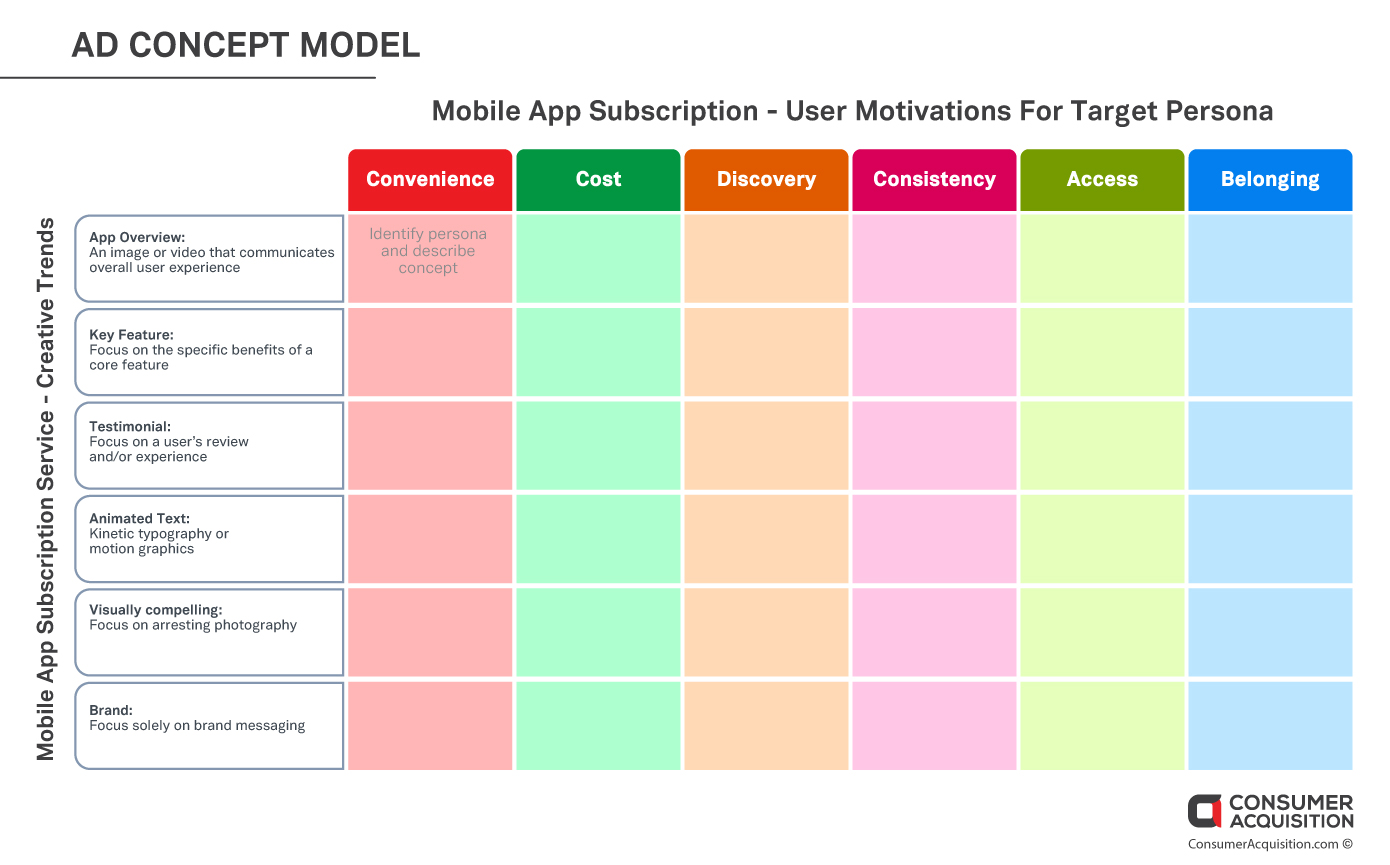
Section 8: Staying Ahead of Mobile App Ad Concepts
Our industry expertise comes from managing over $3.5 billion in creative and paid social spend for the world’s largest mobile apps and performance advertisers, including Glu, Roblox, Wooga, Zynga, and Skillz. Our proprietary full-stack marketing platform AdRules provides real-time business intelligence and creative research from 3.5 million video ads across social channels.
As the mobile advertising ecosystem has evolved, we have focused on being a reliable source of mobile app industry insights and trends. Our strategic analyses of IDFA loss and media buying automation, along with tactical guidance for user acquisition and creative teams, has helped advertisers remain profitable during an unprecedented era of change. Our industry expertise has earned coverage from CNBC, Forbes, SeekingAlpha, Business Insider, VentureBeat, TechCrunch, Mobile Marketing Magazine, and many more.
Email us at sales@consumeracquisition.com to discuss how we can help you stay ahead in 2022.
DOWNLOAD OVER 200 MOBILE APP AD CONCEPTS WHITEPAPER NOW




